2024 Corvette E-Ray First Ride: A Vette like no other
For a detailed technical breakdown of the Corvette E-Ray, beyond the scope of this First Ride, click here.
It’s a cold, damp day on Black Lake. The 40-degree weather and intermittent drizzle at GM’s Milford Proving Grounds skidpad are not ideal for the hard launch of a sports car. Bill Wise, the development engineer at the wheel, is not concerned.
“Do you get motion sickness?” he says. “Because with launch control, this thing seriously takes off.” The growl of a Chevy small-block rises in pitch before a plateau, ready to let loose when Bill releases the brake pedal.
“Not in a car,” I say.
Those words are barely out of my mouth before all four of the E-Ray’s wheels hook up. Butterflies hit my stomach. The acceleration is surprisingly aggressive—ruthless and immediate, like a Tesla, but made stranger, a moment later, by the combination of V-8 roar and space-age electric motor whine.

The rate at which scenery melts does not decrease with each shift snapped off by the gearbox. I am simply pressed further into my seat. As Wise stomps on the brakes, the E-Ray converts kinetic energy to electricity, then feeds that juice to the 1.9-kWh battery pack nestled in the tunnel between the seats. We come to a halt.
The faint whine of an electric motor, the crazed four-wheel clawing at launch—these are strange phenomena for a Corvette. Like watching Rambo in Italian—familiar characters, but a language you’ve never heard them speak.
The E-Ray is unlike any other Corvette. It is the first Vette with all-wheel drive. The first to use an electric drive motor. And the first to see 60 mph, from rest, in just 2.5 seconds. That’s a tenth faster than the 670-hp Corvette Z06. The 1500-hp Bugatti Chiron, with its four turbos, sixteen cylinders, eight liters, and $3 million price, does the same job in 2.4 seconds. The E-Ray will start at $104,295.
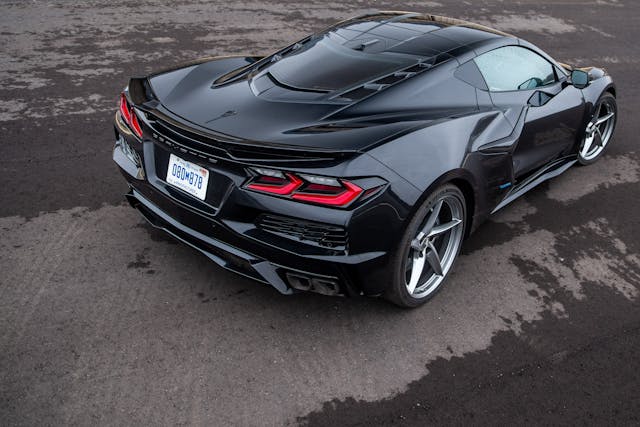
Many sports-car fans raise their eyebrows at the H-word. “Hybrid” can bring to mind a bean-shaped commuter like the Toyota Prius, but the E-Ray is nothing of the sort. More appropriate comparisons would be the McLaren P1, the Porsche 918, or the Acura NSX—performance cars of unquestionable focus, capable of harnessing electricity for performance and drivability, not just fuel economy or reduced emissions. It helps to remember that the E-Ray was baked into the development of the eighth-generation Corvette (C8) from day one, so the car is no afterthought.
General Motors claims for the E-Ray a total of 655 system horsepower, a combination of the 495-hp LT2 V-8 driving the rear axle (essentially the engine from the current Corvette Stingray), and the 160-hp, 125 lb-ft battery-electric arrangement powering the front. Both front wheels are driven by a single electric motor, via an open differential. From the right seat, the E-Ray’s front wheels seem to respond instantly to the throttle pedal. If the driver asks for more than 30 percent throttle or requests more than .15 g of straight-line acceleration, the V-8 wakes up.
The E-Ray shares its wide body, its suspension setup, and its Magnetic Ride Control dampers with the Z06. Several engineers, however, told me that the former car’s development brief was completely different: all-weather capable and angled more toward daily driving, while offering performance significantly beyond that of the base Stingray (and within spitting distance of the Z06’s ability).
“This thing is a champ in the snow, even on the standard all-season tires,” Wise says. “And here, on those same tires, you can take advantage of so much mechanical grip.”
He shows me. We knife toward the middle of the 67-acre Black Lake, entering an autocross-like cone course at roughly 90 mph. “This was never slated as an out-and-out track car, like the Z06, but it is just as capable around a race track.”
Wise stabs the throttle and cranks the steering left at the entry to a long sweeper. As the E-Ray scrubs speed, he initiates what feels, at first, like a rear-drive Corvette slide. He adjusts the car’s angle of attack with his right foot, the steering wheel hardly moving. Just before the turn’s apex, the E-Ray begins to briskly accelerate toward corner exit, never breaking the slide.
I’m at a loss. “Damn, Bill.”
“Only five minutes behind the wheel, you’d be doing the exact same thing, corner after corner,” he says. “It’s that approachable.”
Wise keeps driving. The course changes, the long sweepers replaced by a series of quick direction changes. The E-Ray negotiates the tighter corners with ease, flat and stable, the nose quickly taking a set.

Hybrids often suffer from mass bloat, a ballooning of curb weight over similar internal-combustion-only models. A visit to Milford to meet a preproduction Corvette usually means hearing someone in Chevrolet engineering declare that “every gram has to earn its way onto the car.”
This approach is common in the development of high-performance cars, but the Corvette team does it better than most. The engineers there seem to take joy in justifying each component or material down to the tiniest detail. The battery, for example, is not from GM’s Ultium family, where the hardware and its controls are generally larger and storage-optimized for long range. The E-Ray’s lighter, pouch-type LG battery was better suited to the car’s performance focus, its front axle’s demands for frequent and significant energy flow.
That axle system adds about 260 pounds of curb weight. Mass-reduction efforts to offset that gain include standard carbon-ceramic brakes and a lighter, lithium-ion chemistry for the gas engine’s 12-volt battery. The electric drive unit’s housing is magnesium, with associated fasteners and the bottom of the drive battery’s housing in aluminum. The aluminum brace between the front shock-tower tops is claimed to genuinely improve steering feel at speed, helping compensate for the slight changes in front suspension geometry required by the packaging of that front axle.
Important, too, is how little the added mass shifts balance forward. Thirty-nine-point-four percent of the Z06’s weight sits up front, 60.6 percent in the rear. The E-Ray shifts that distribution by only 1.5 percent, to 41/59.
We’ll feature a full drive of the E-Ray on these pages soon. In the meantime, from the passenger seat, the car holds promise. It feels meaningfully more exciting and interesting than the Stingray yet more tractable and comfortable than the monstrous Z06.
By switching the Corvette to a mid-engine layout, after decades of the engine up front, the C8 vaulted America’s sports car to new dynamic heights while realizing a dream envisioned by some of the car’s early creators. An all-wheel-drive Corvette with a battery and an electric motor was not on the minds of those men, but I suspect they’d find this car a triumph of engineering.
Perhaps even more than the Stingray or the Z06, the E-Ray reflects the technology and ingenuity of the current moment. Just thinking about the ride gives me those butterflies all over again.
2024 Chevrolet Corvette E-Ray
- Price: $104,295 (coupe)
- Powertrain: 6.2-liter V-8, eight-speed dual-clutch automatic transmission; 1.9-kWh pouch-type lithium-ion battery, permanent-magnet electric motor
- Horsepower: 655 from total system (V-8: 495 hp @ 6450 rpm); (e-motor: 160 hp)
- Torque: (V-8: 470 lb-ft @ 5150 rpm); (e-motor: 125 lb-ft)
- Layout: All-wheel-drive, two-seat targa-top coupe or convertible
- Curb weight: 3984 pounds
- EPA-rated fuel economy: TBA
- 0–60 mph: 2.5 seconds
- 1/4-mile: 10.5 seconds @ 130 mph
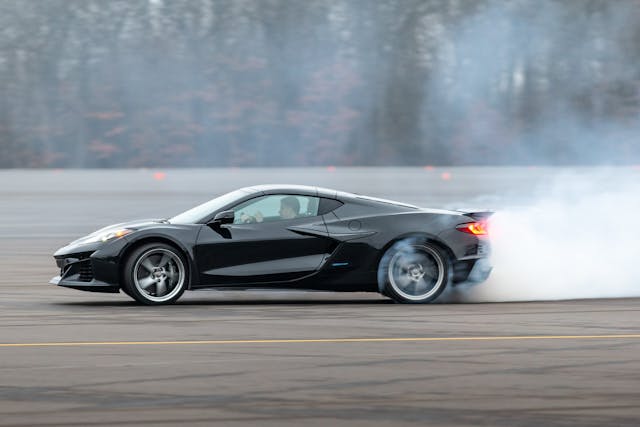


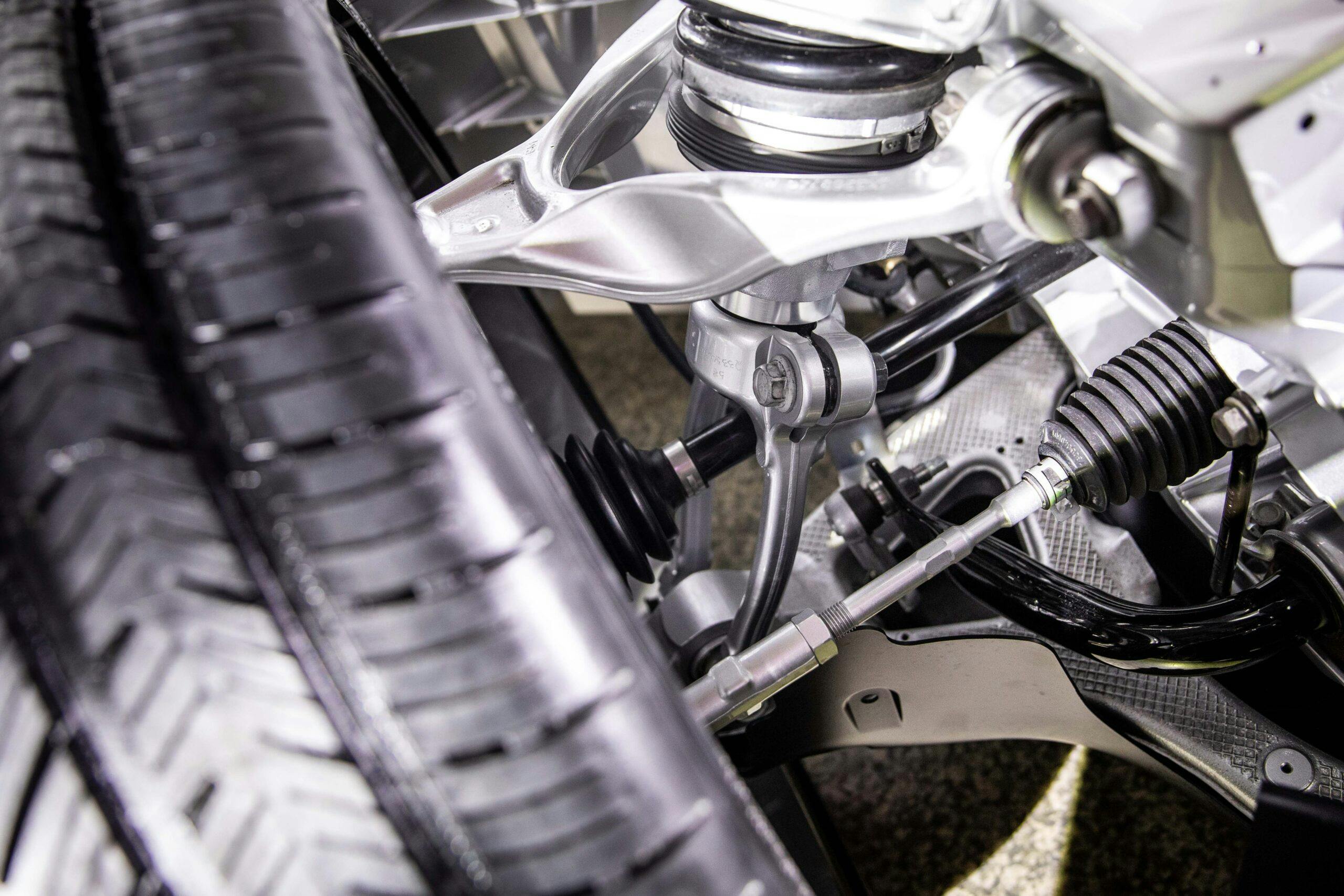
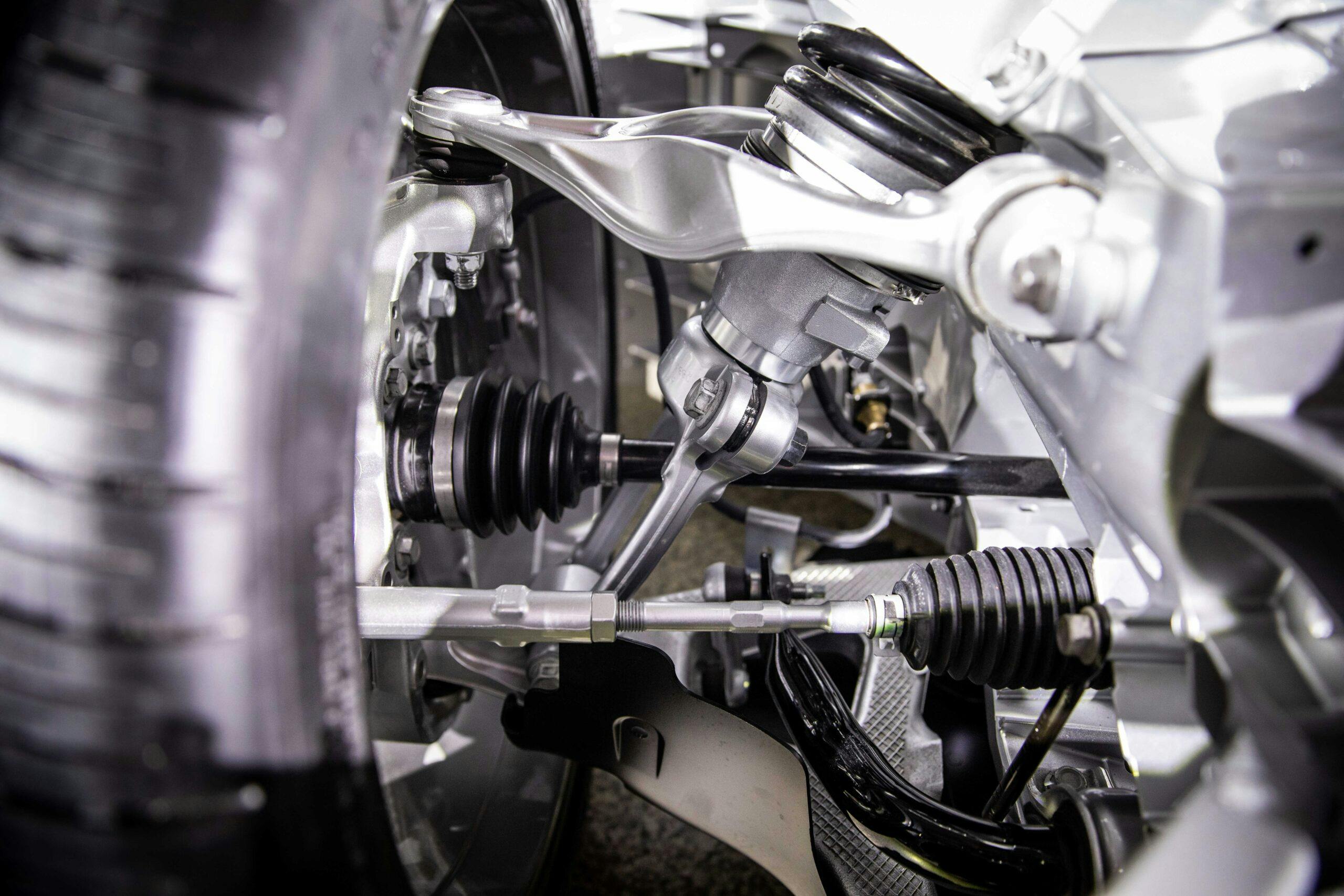
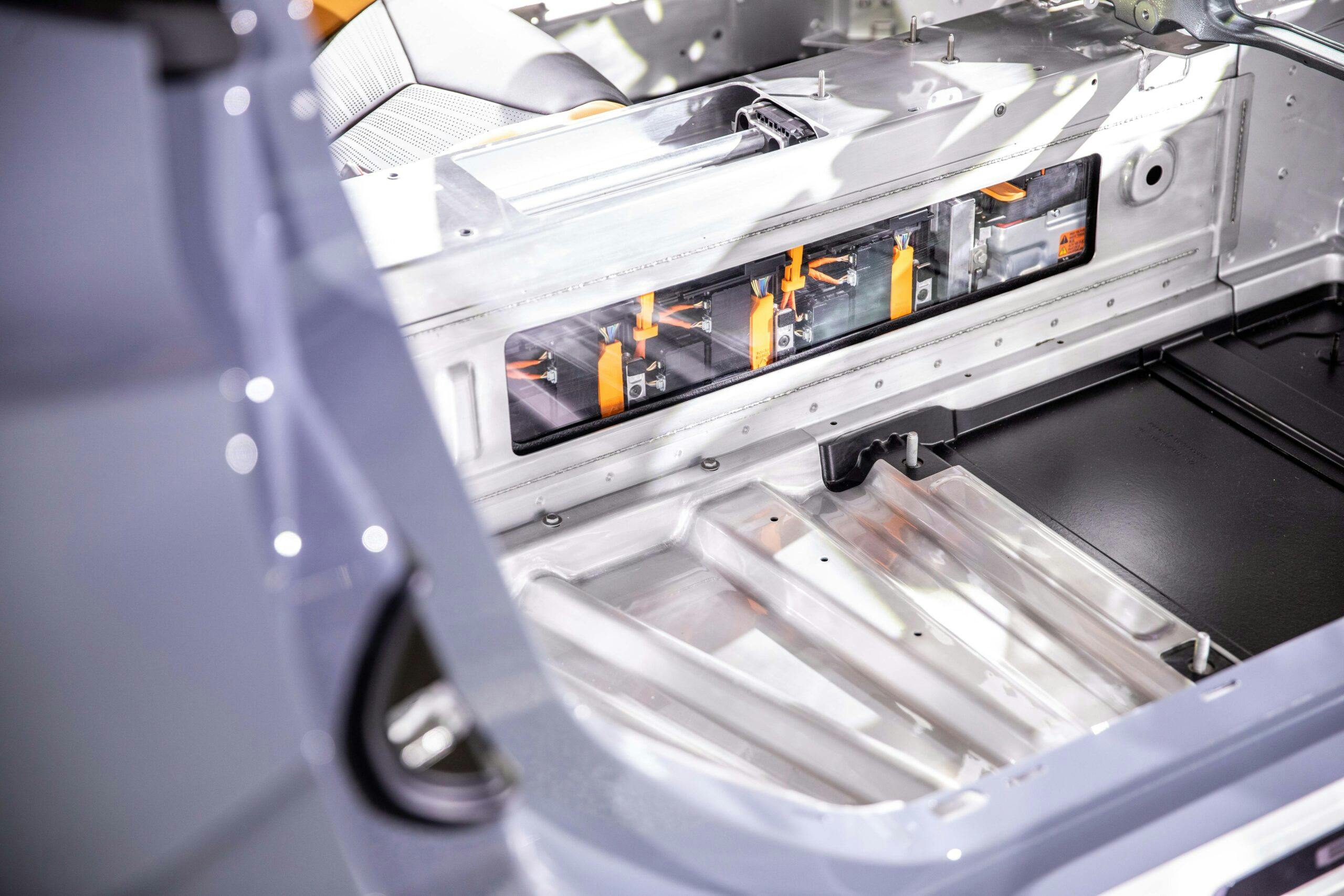
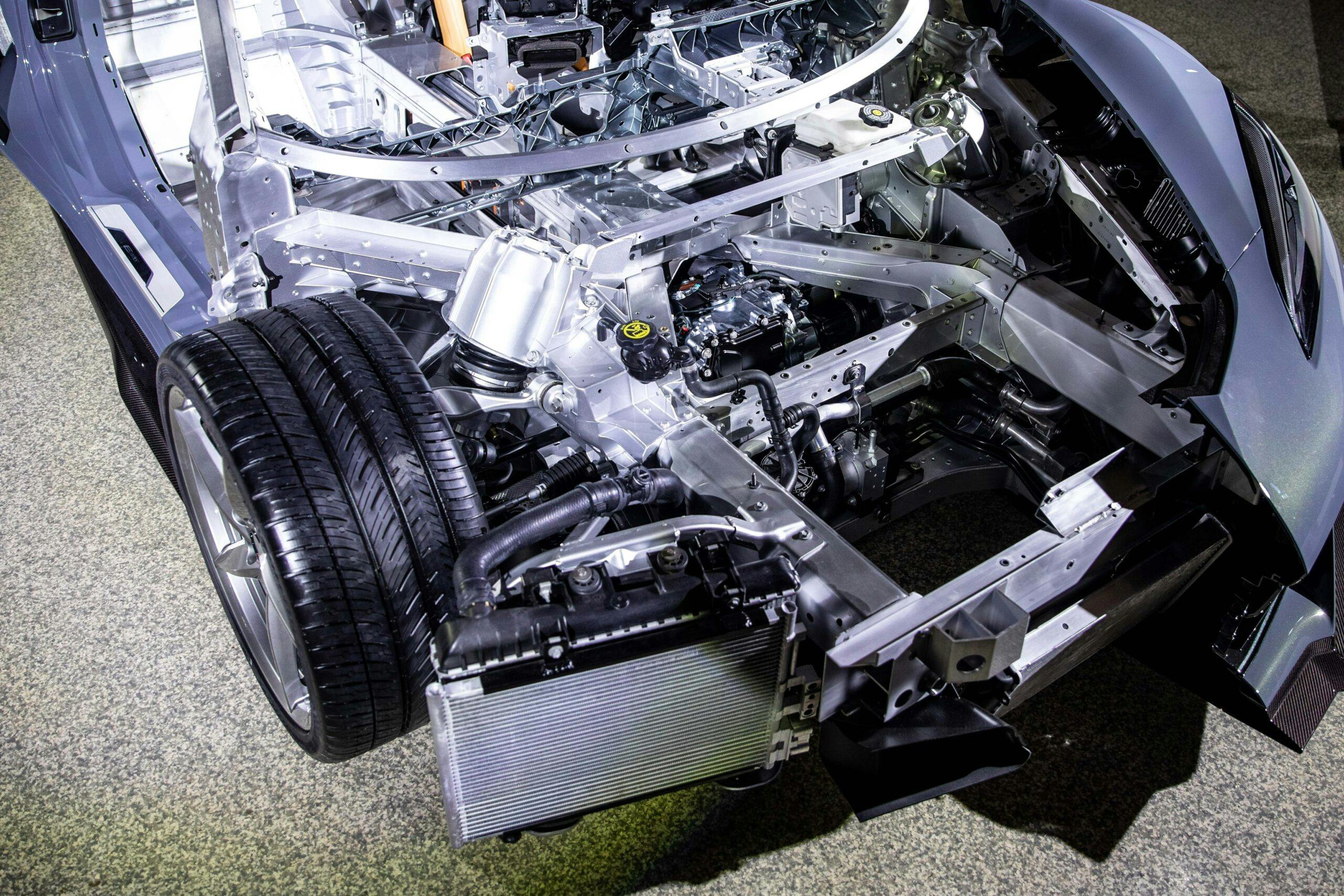
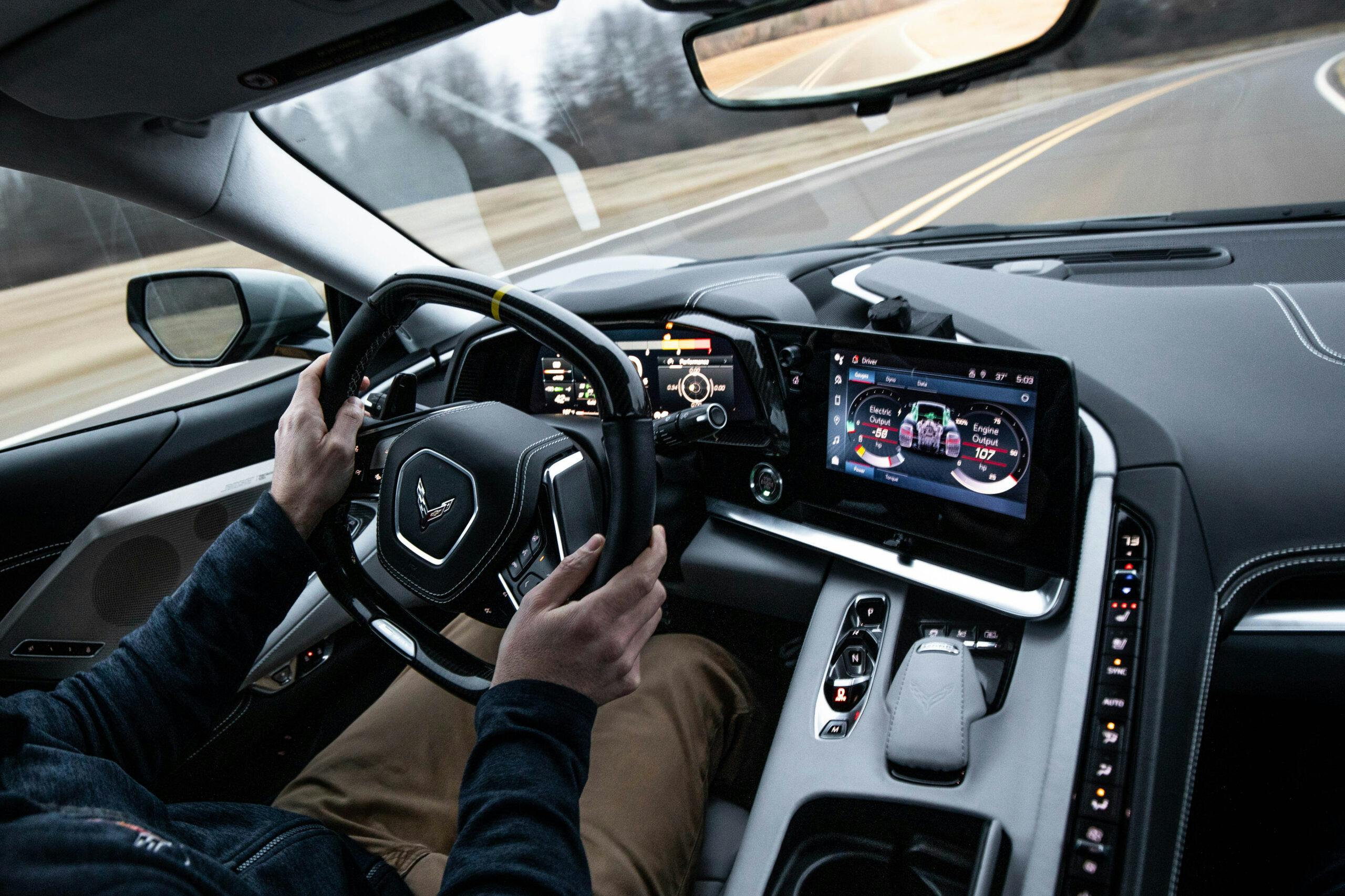
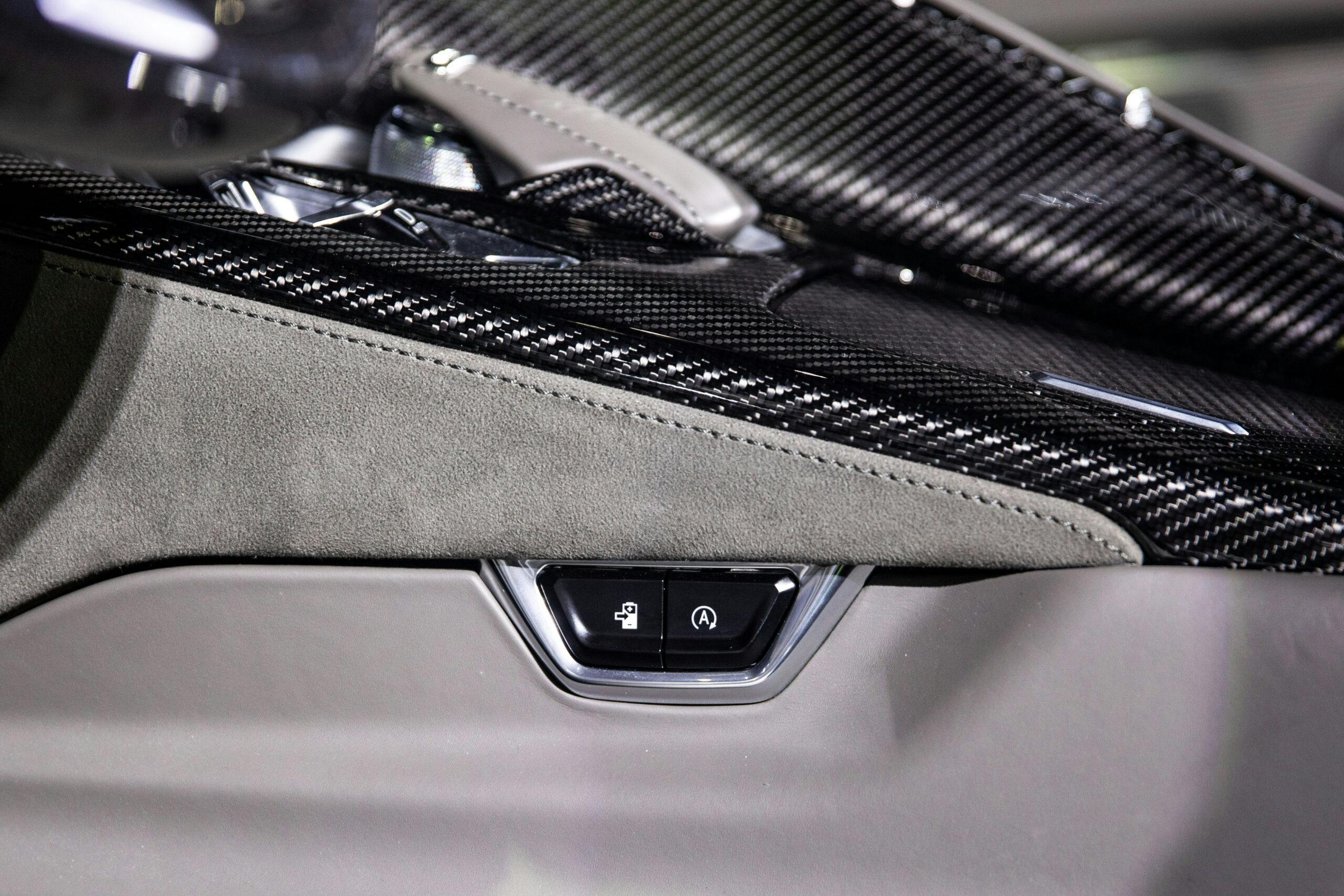
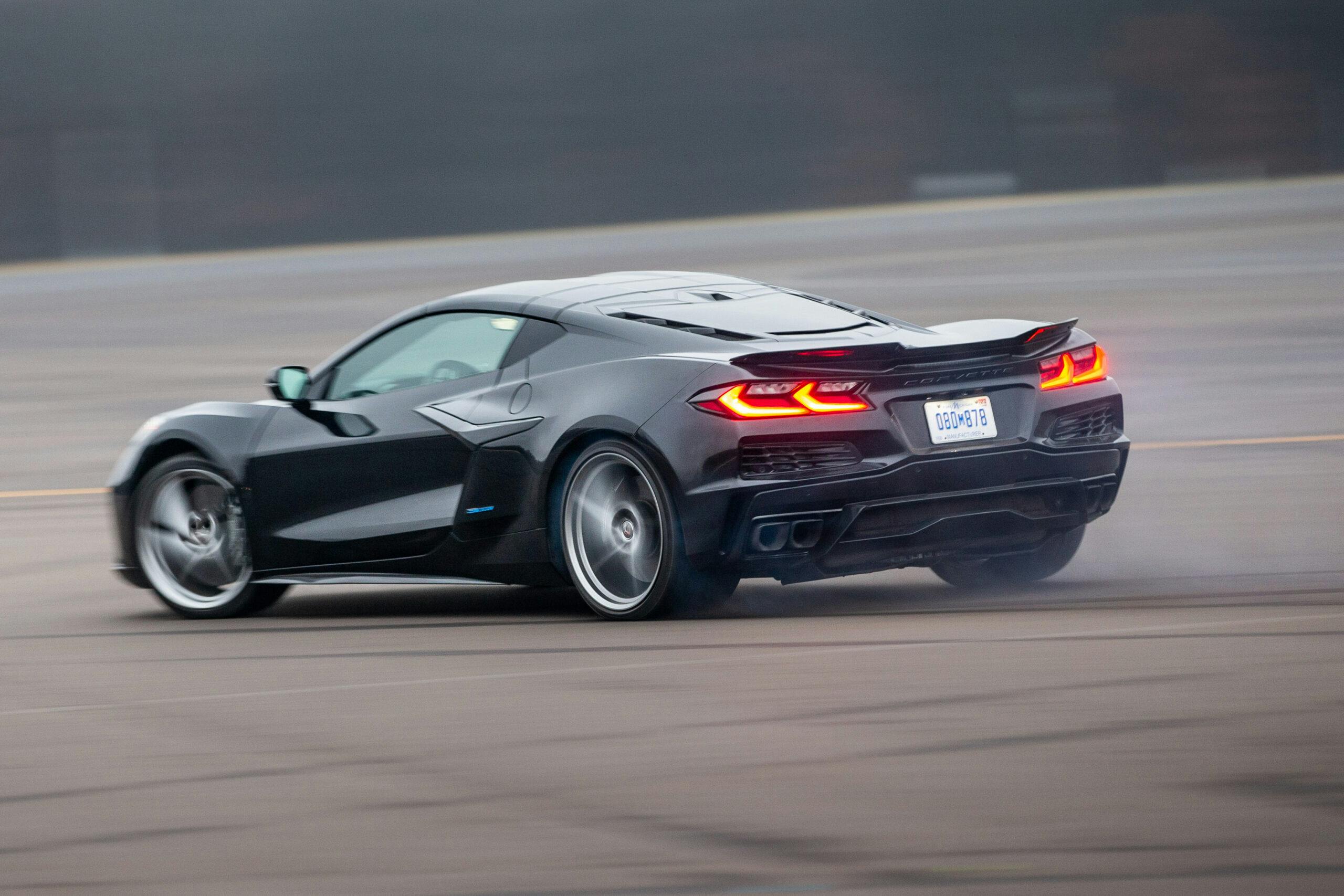
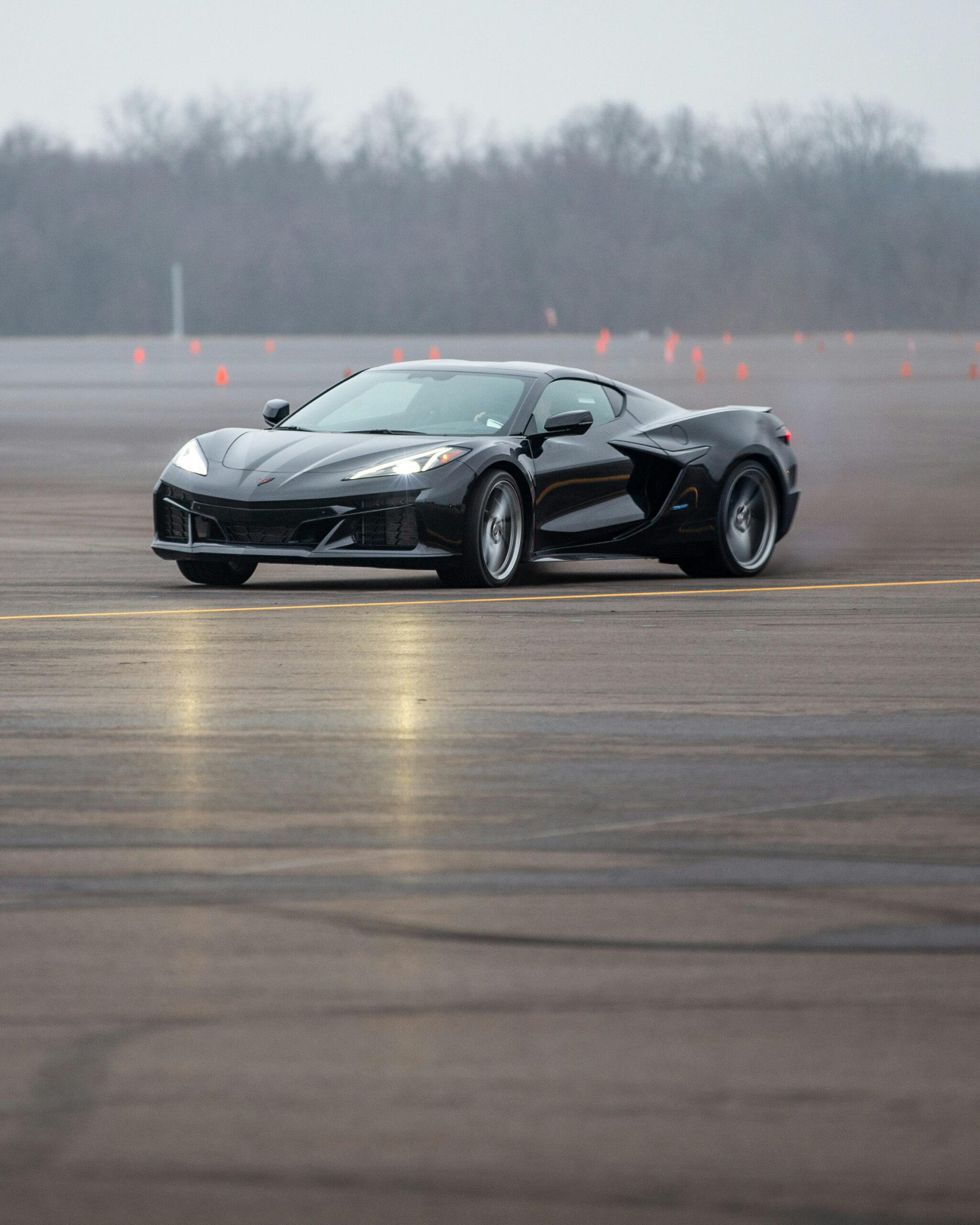

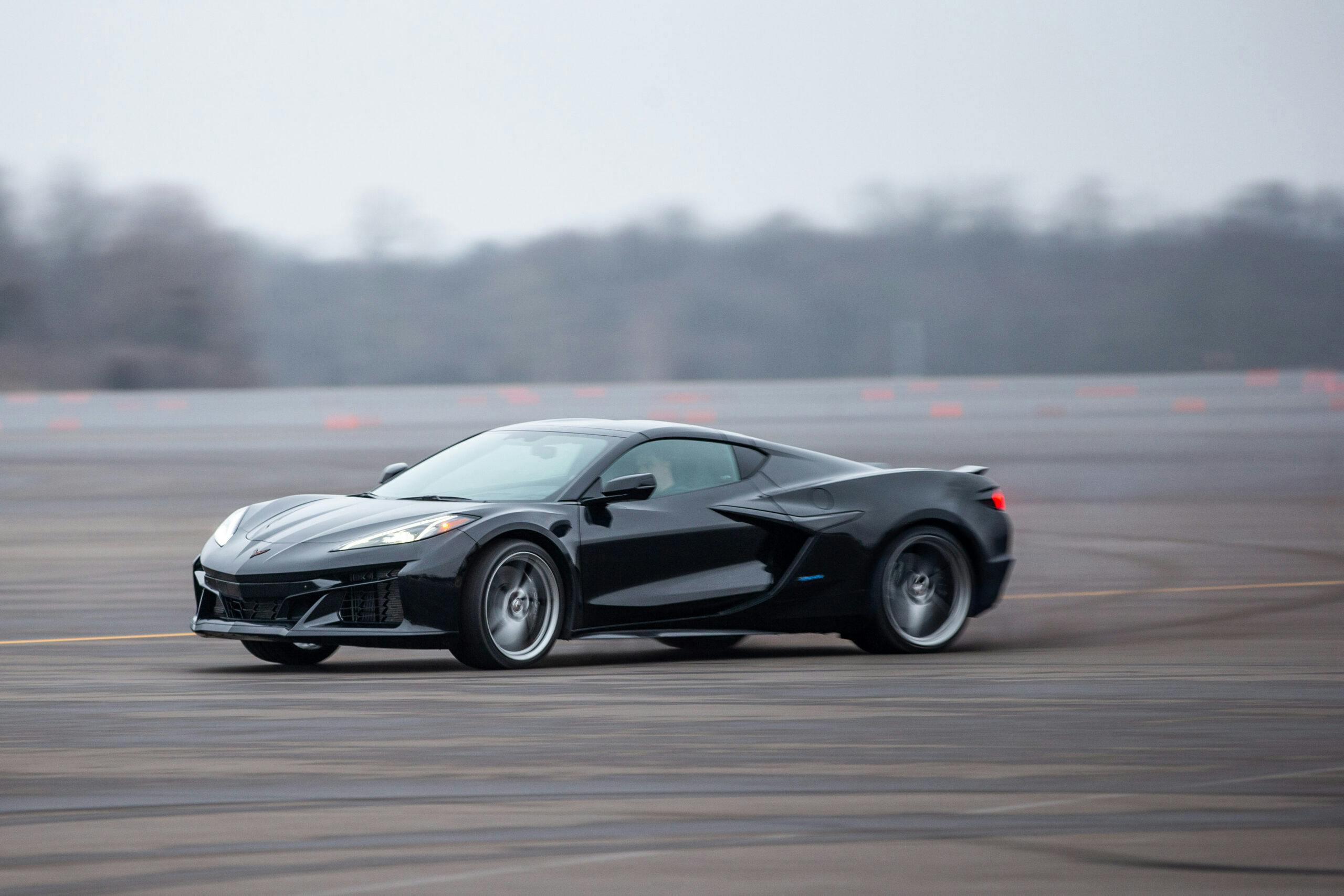
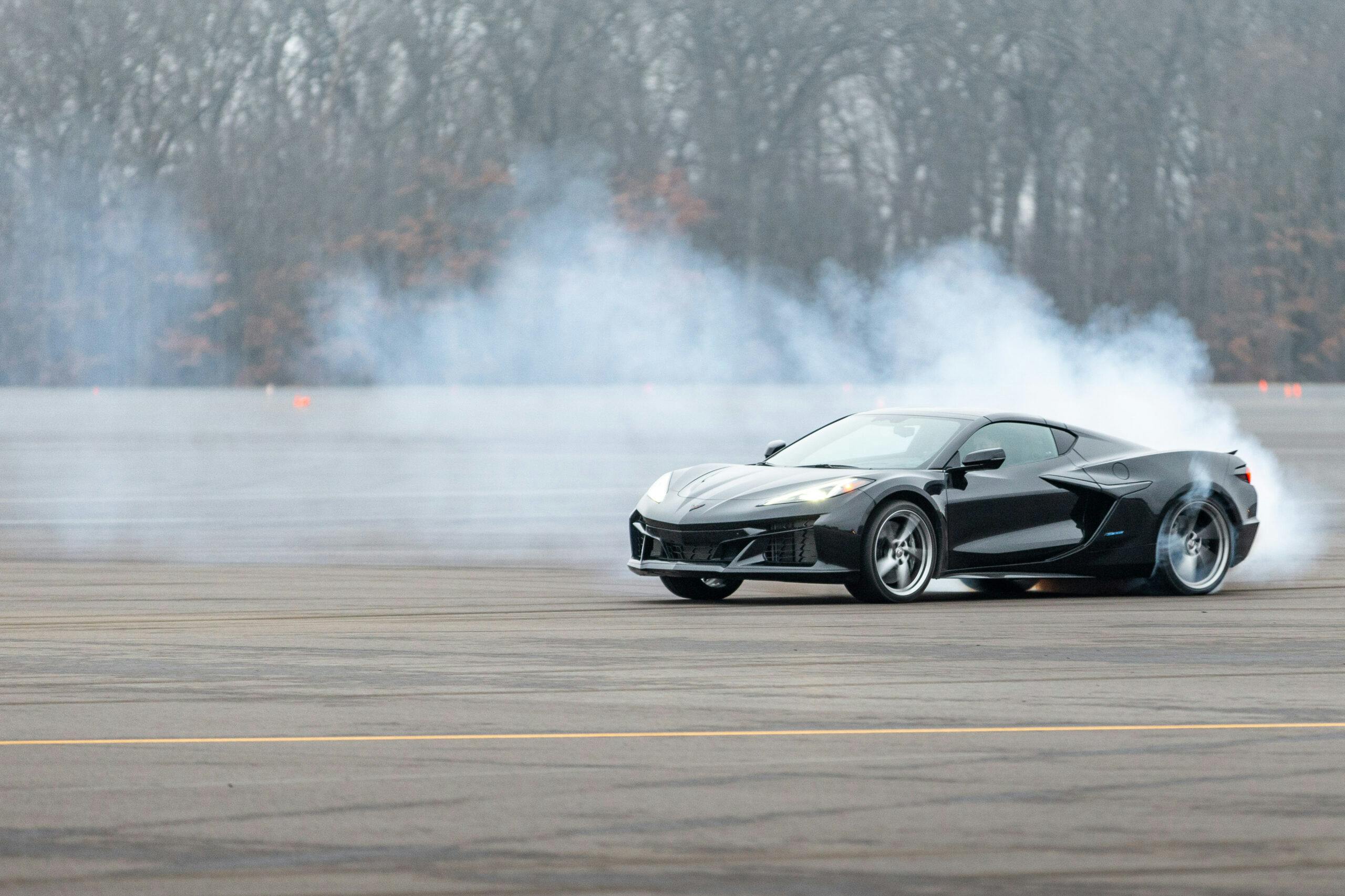
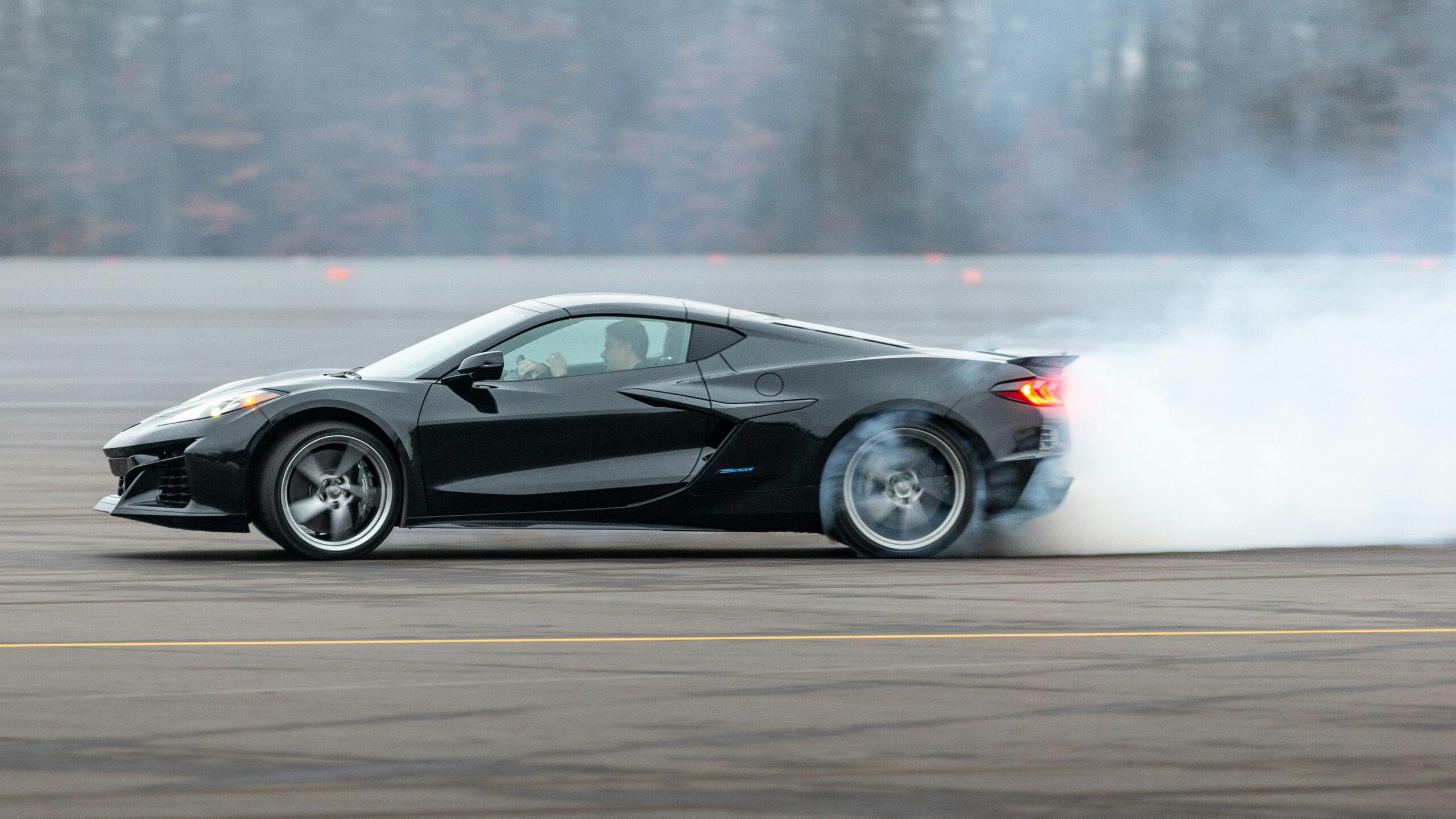

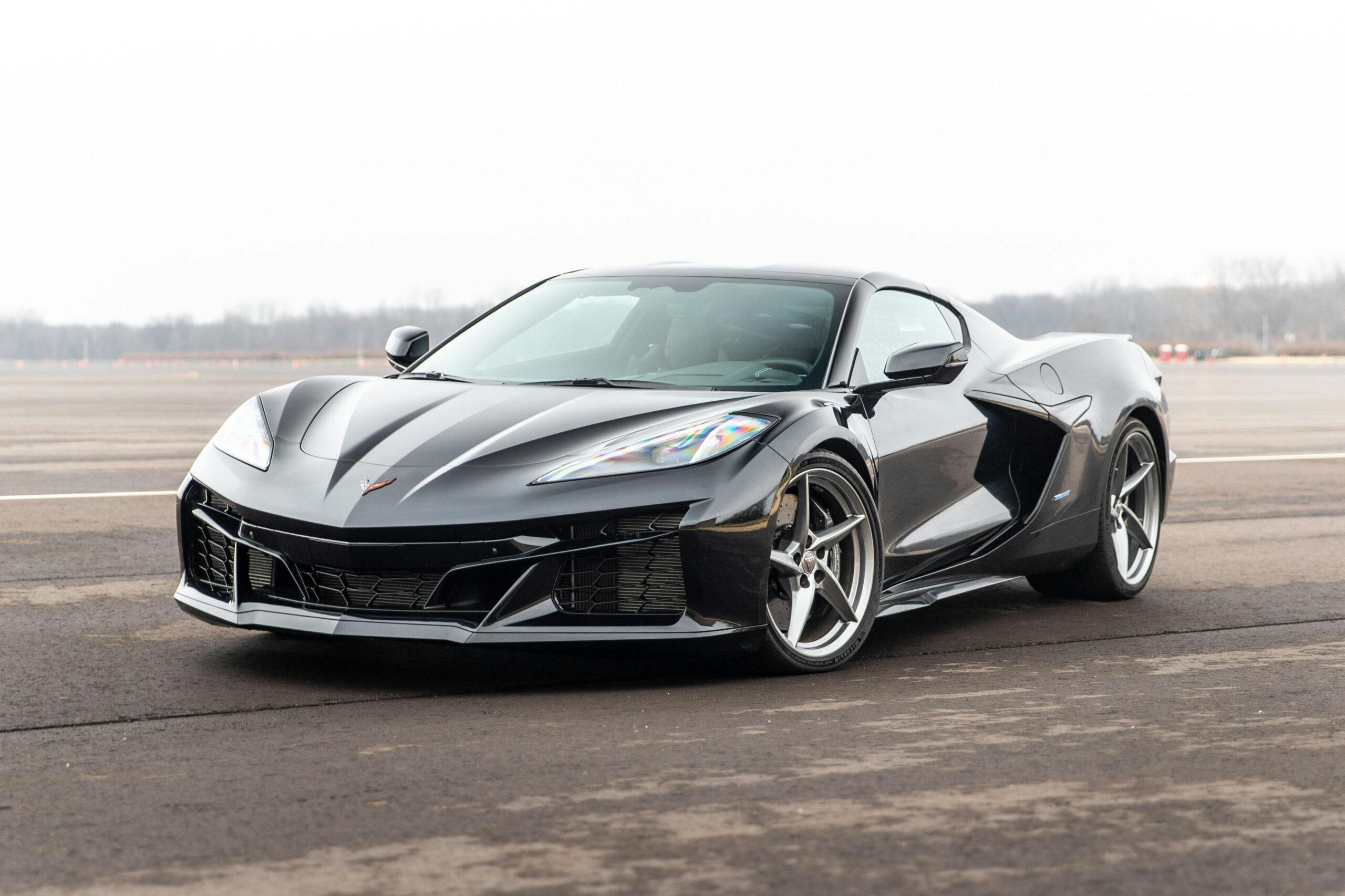
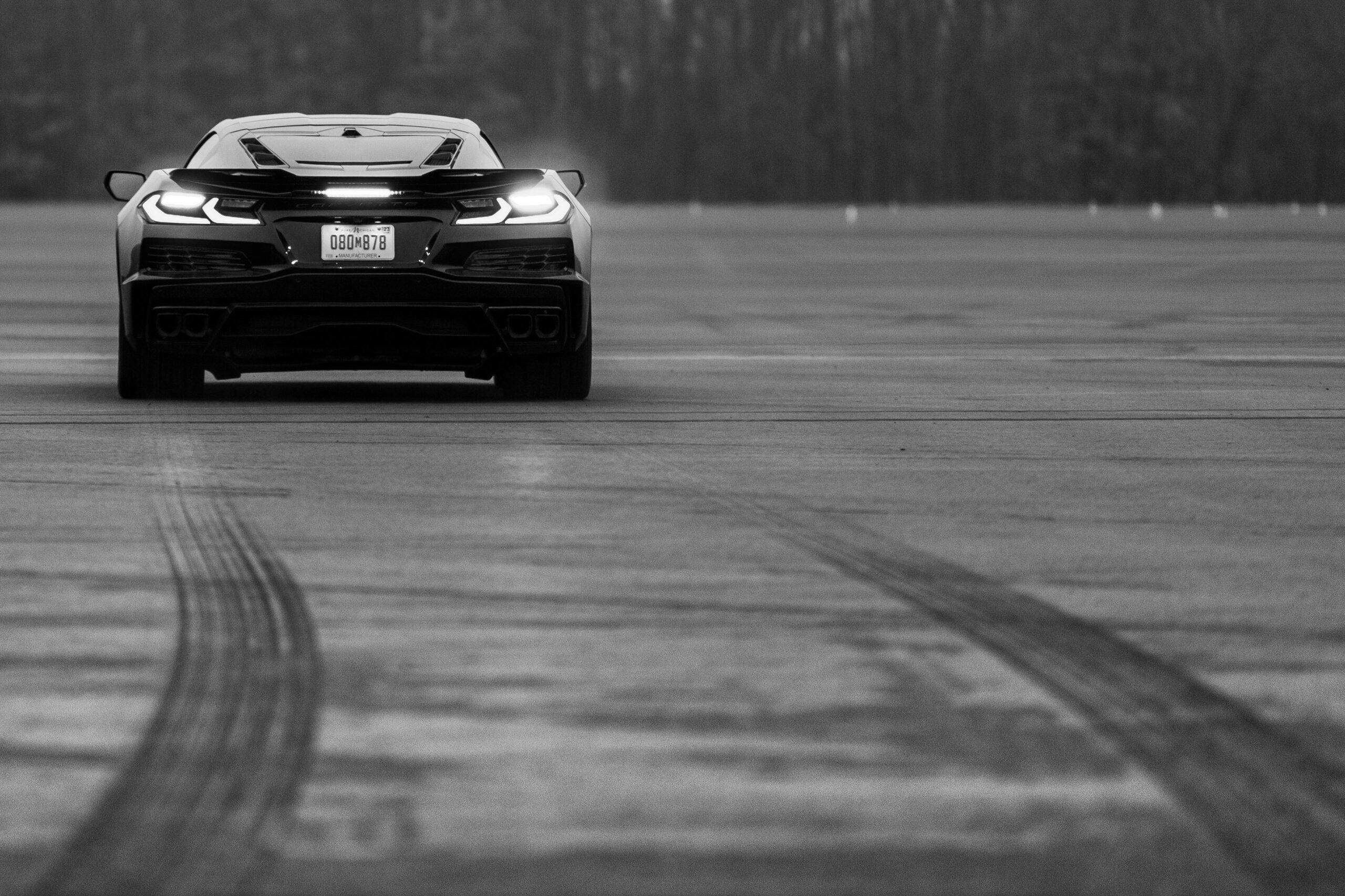
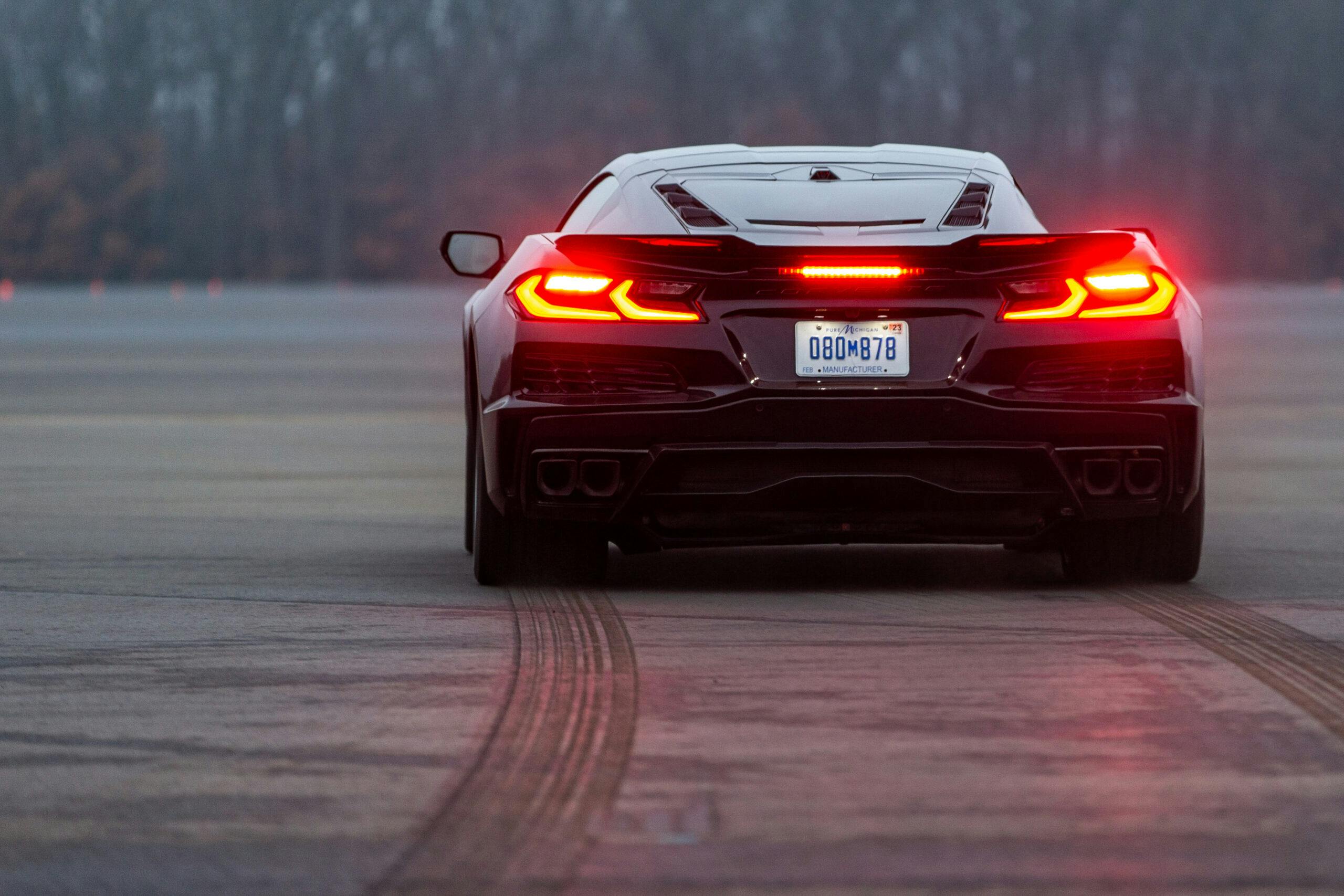
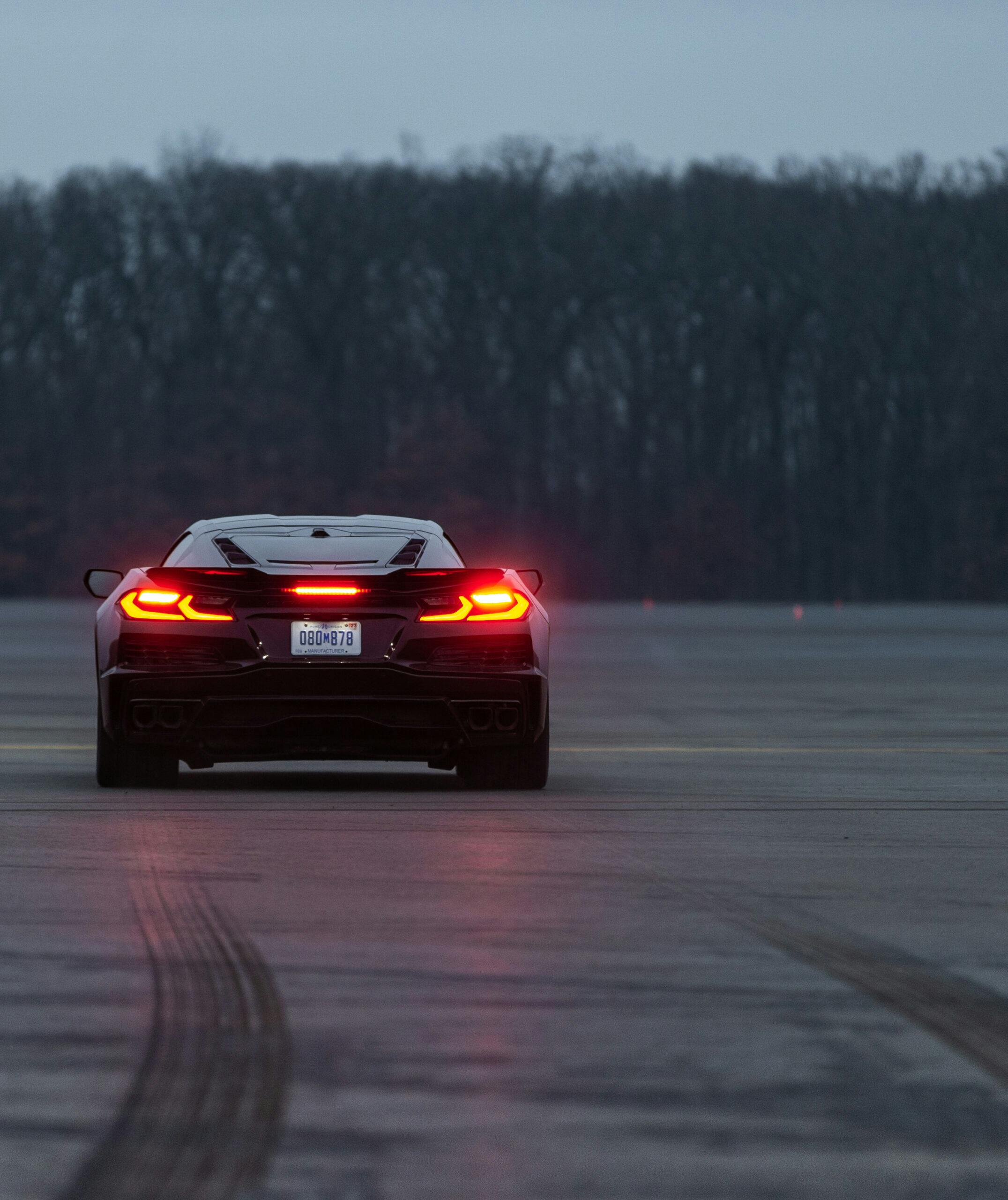


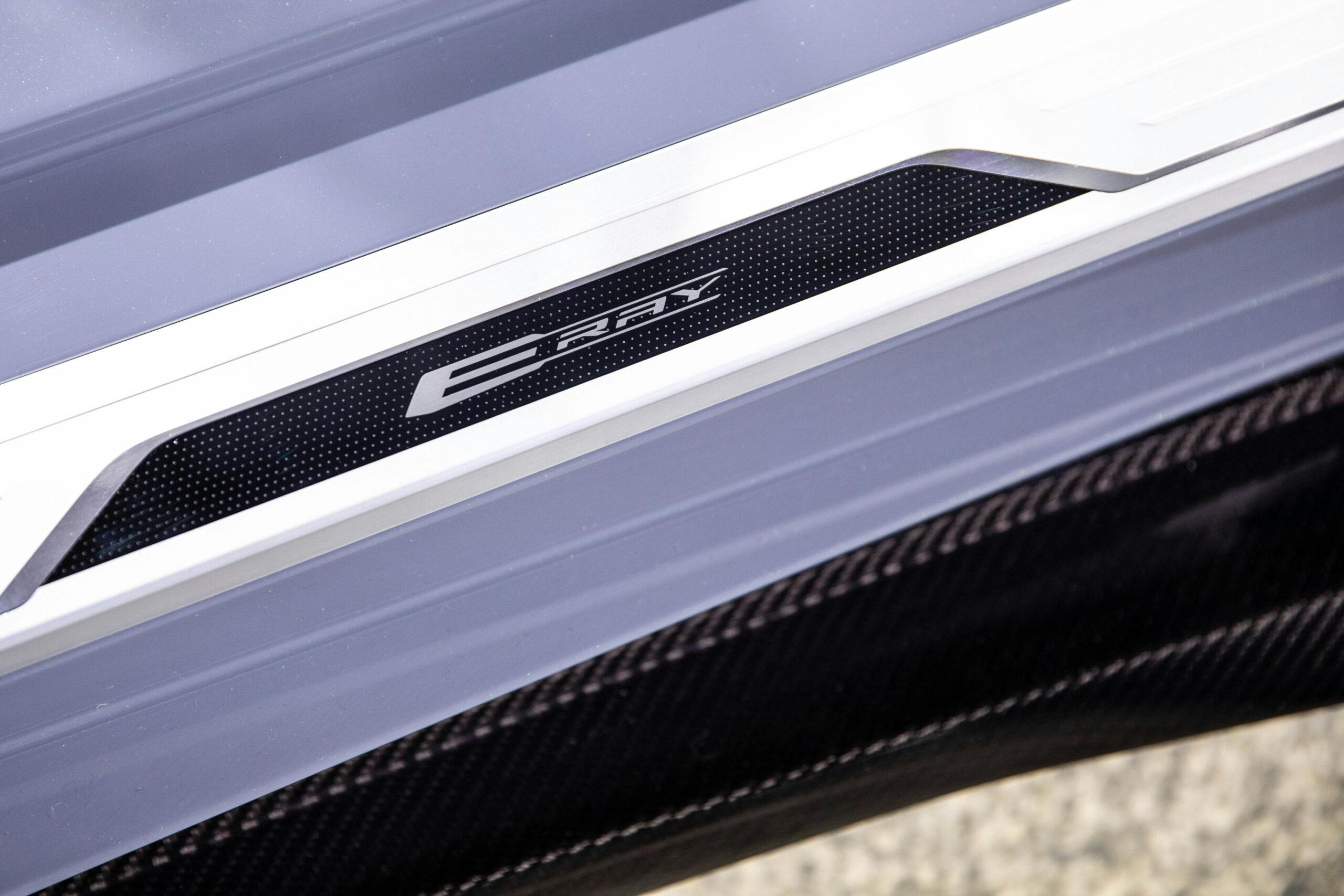
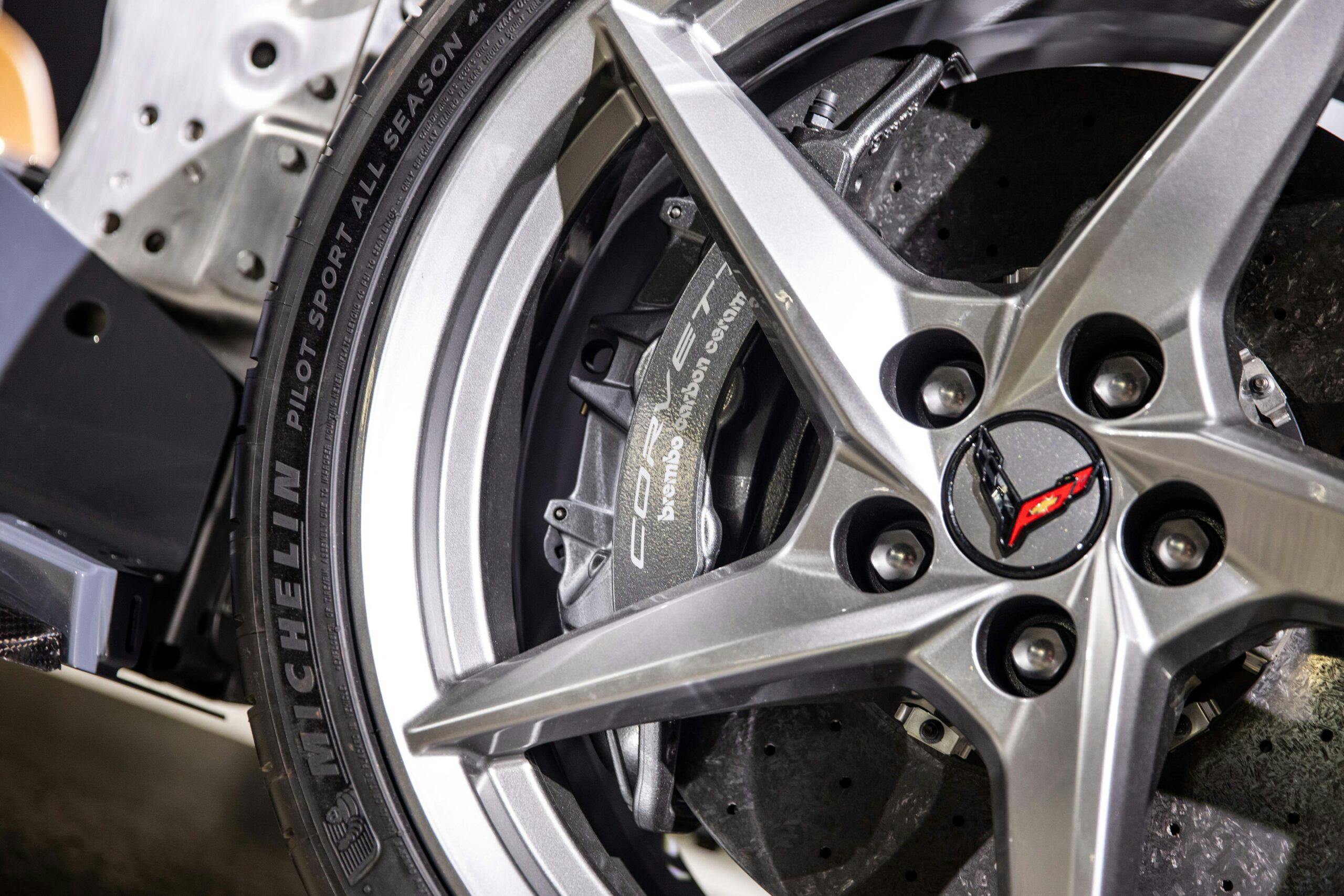
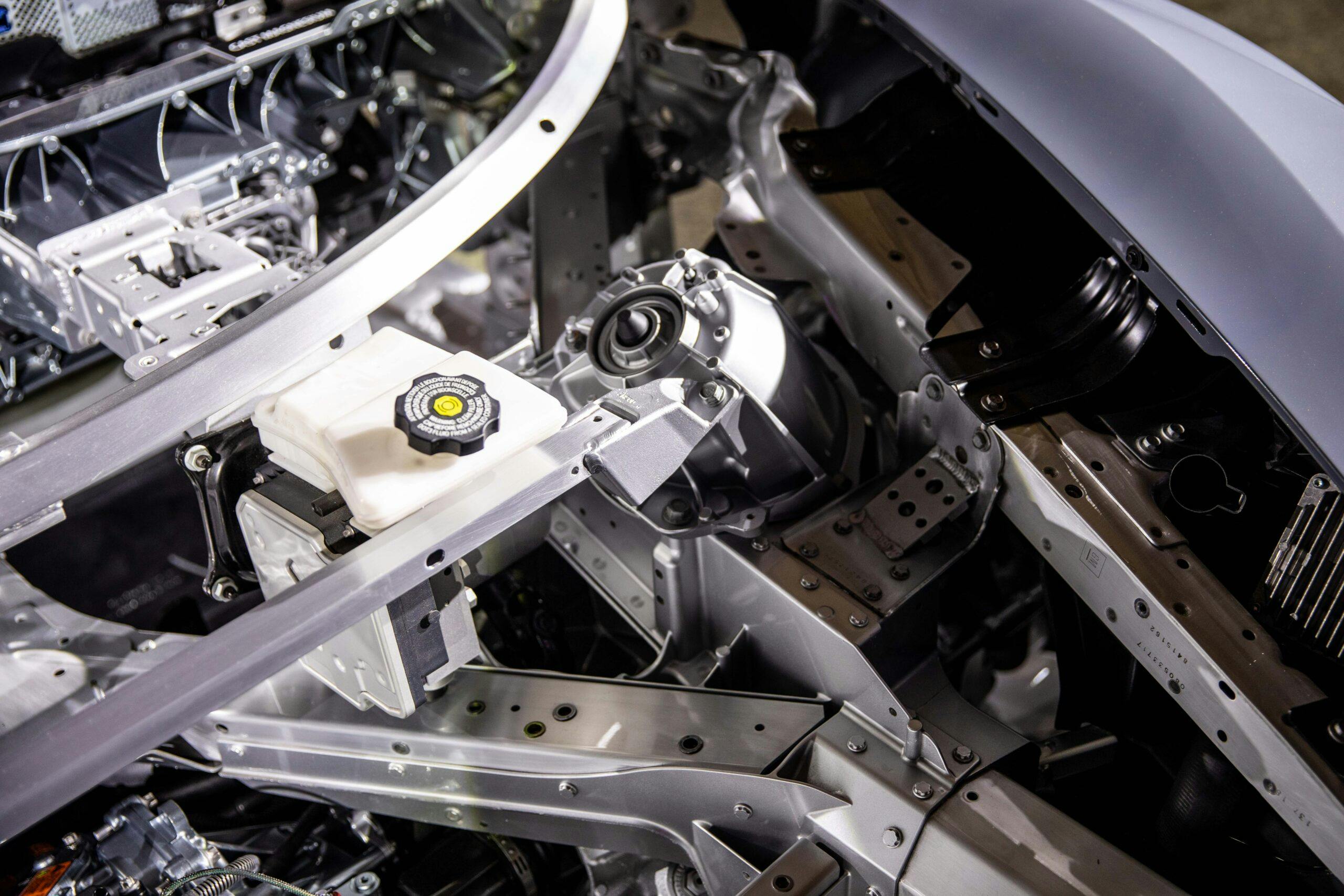
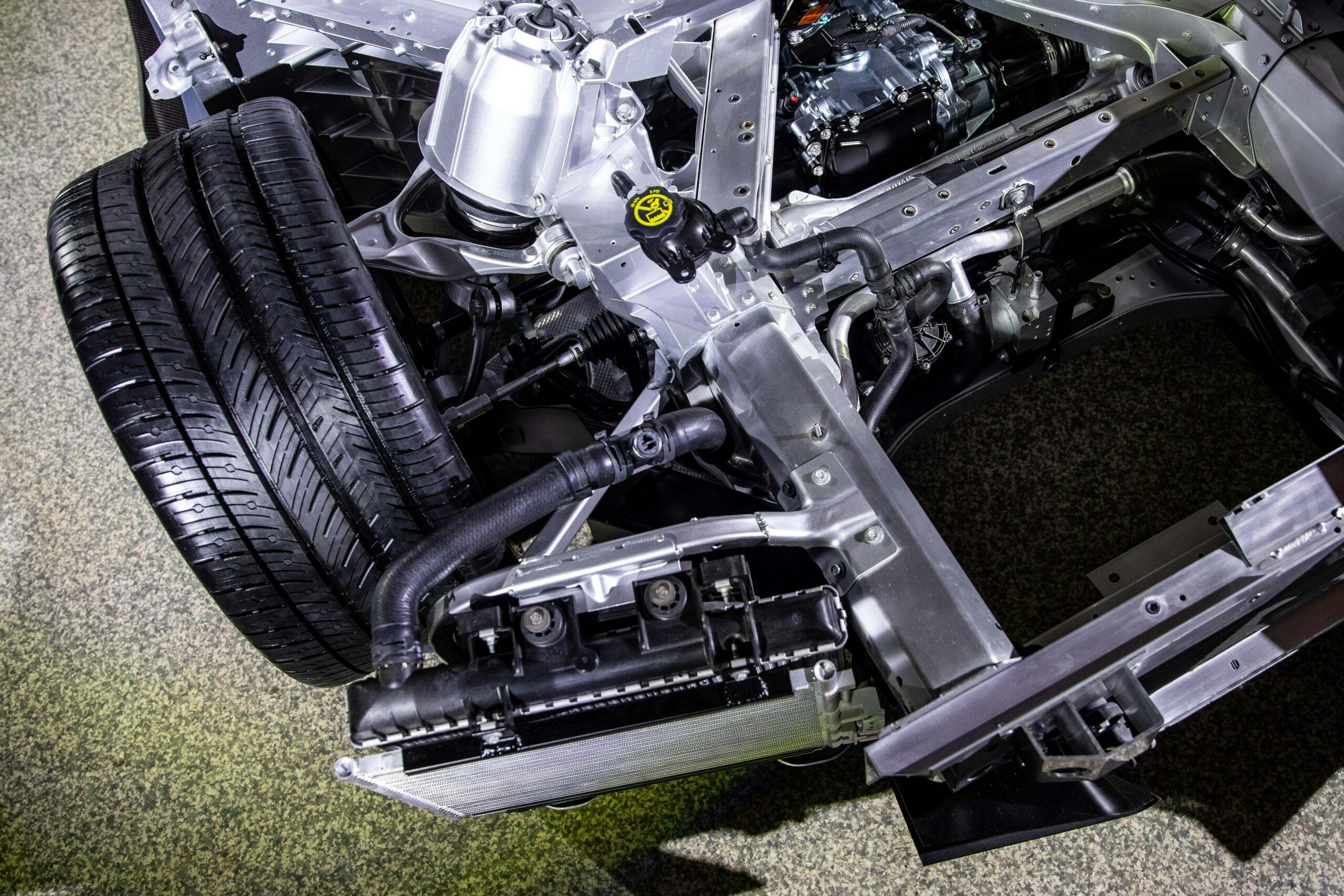
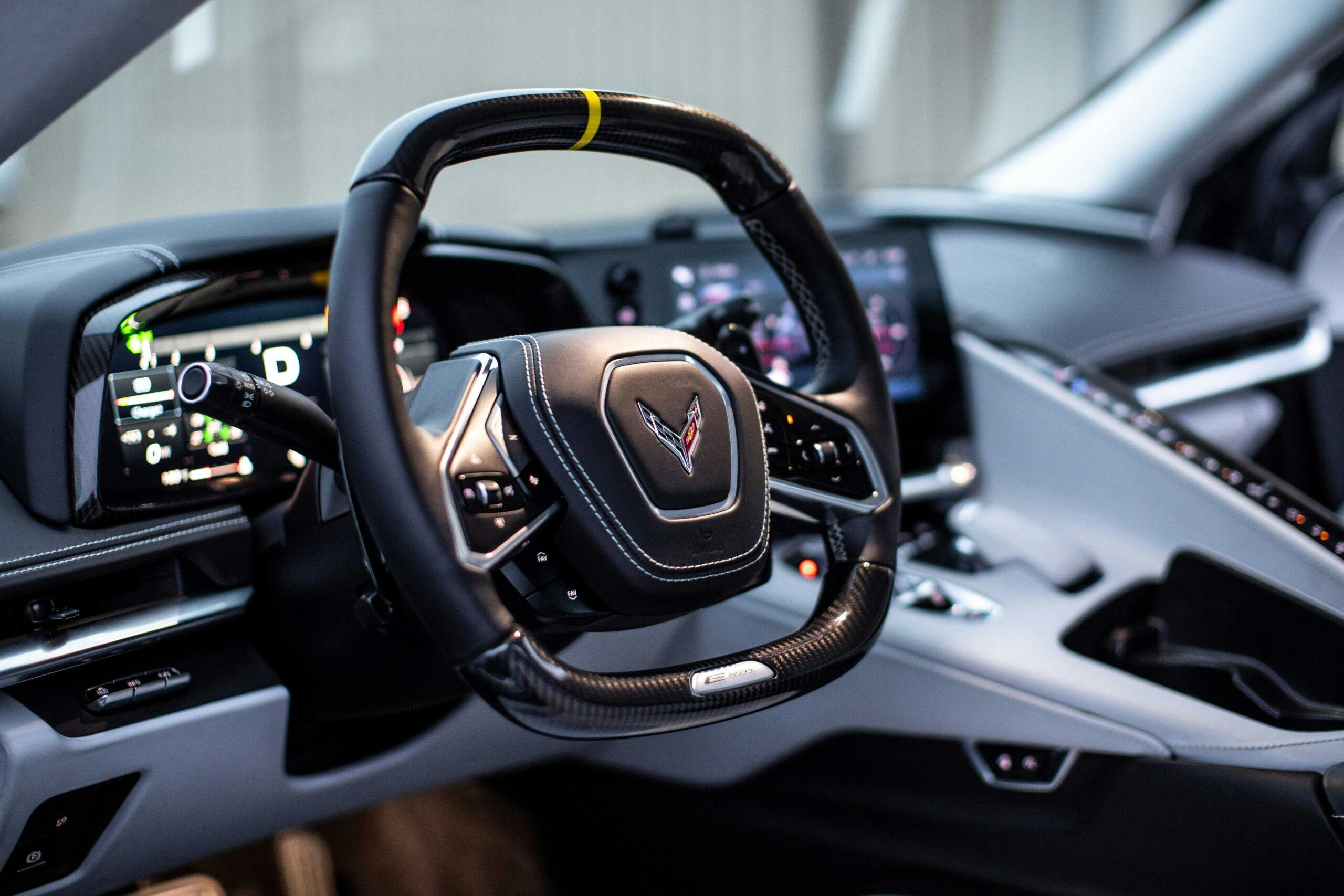
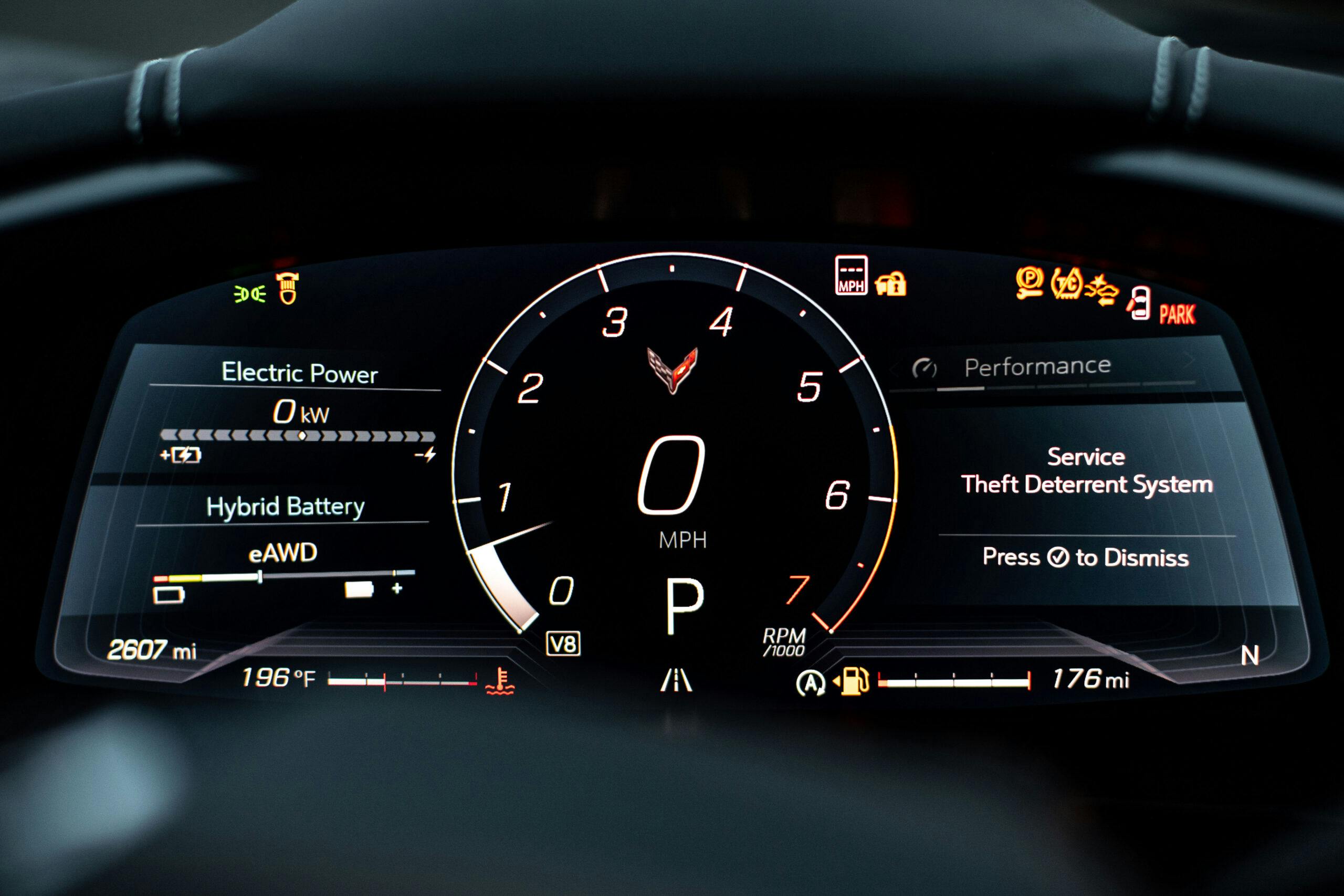
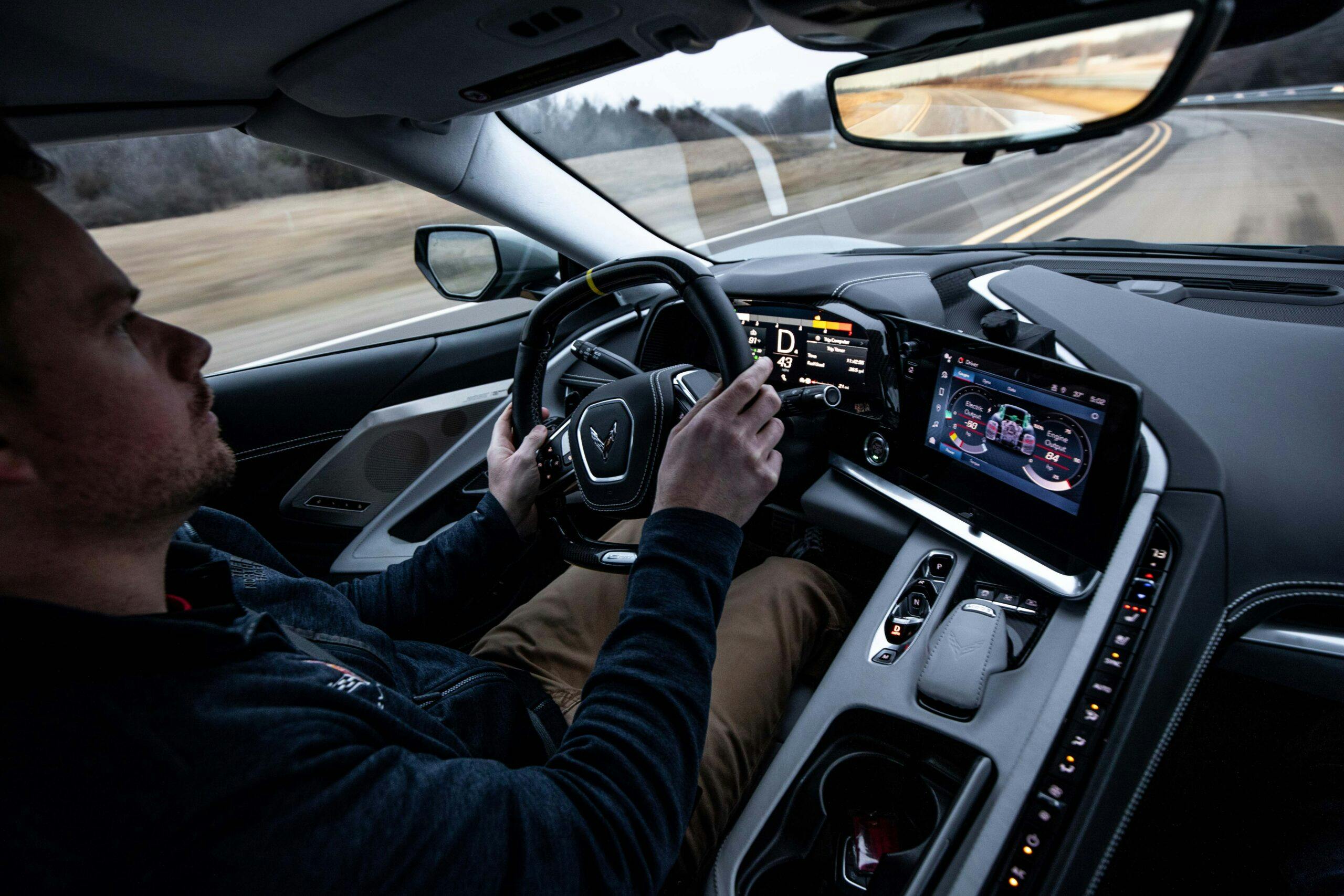
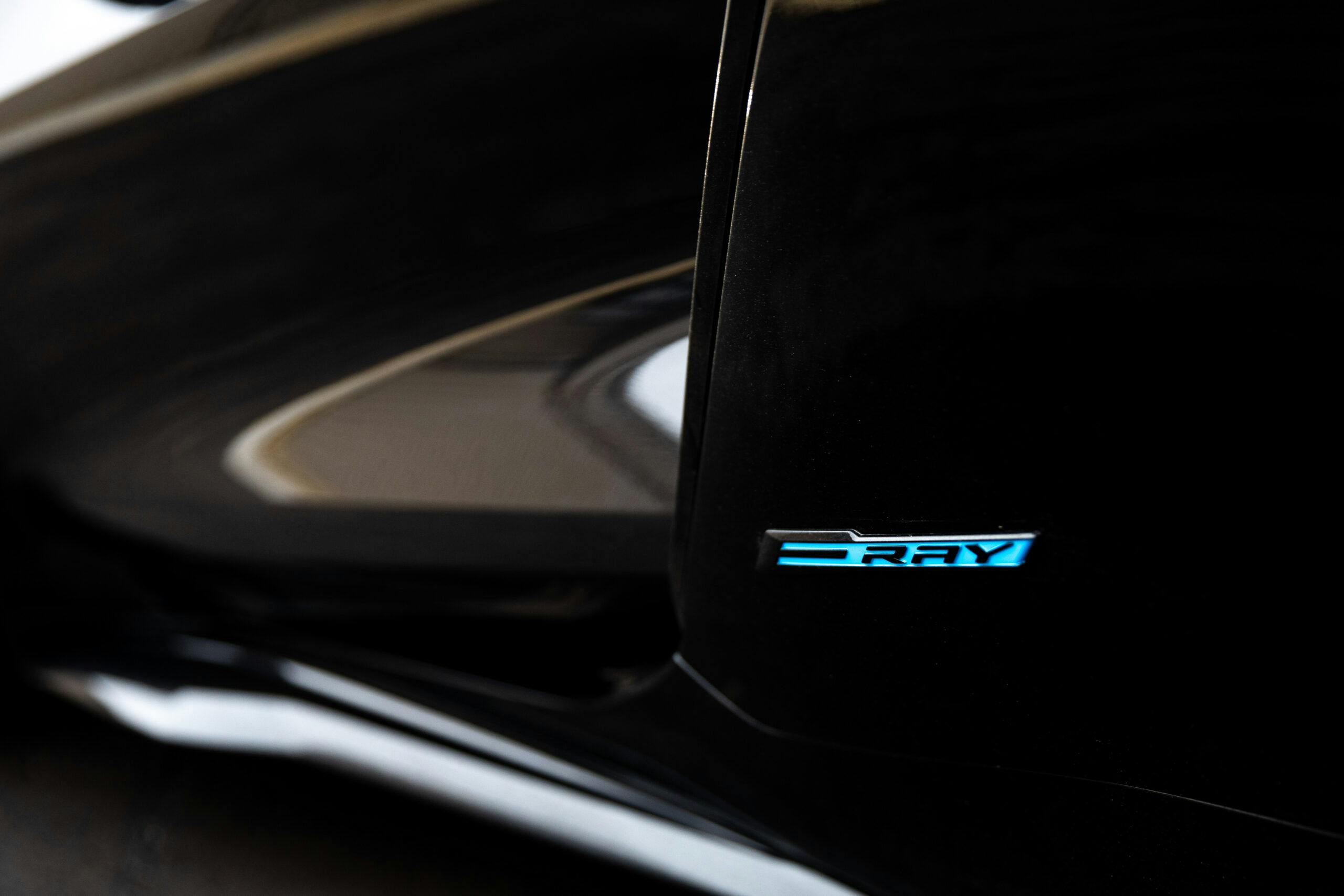
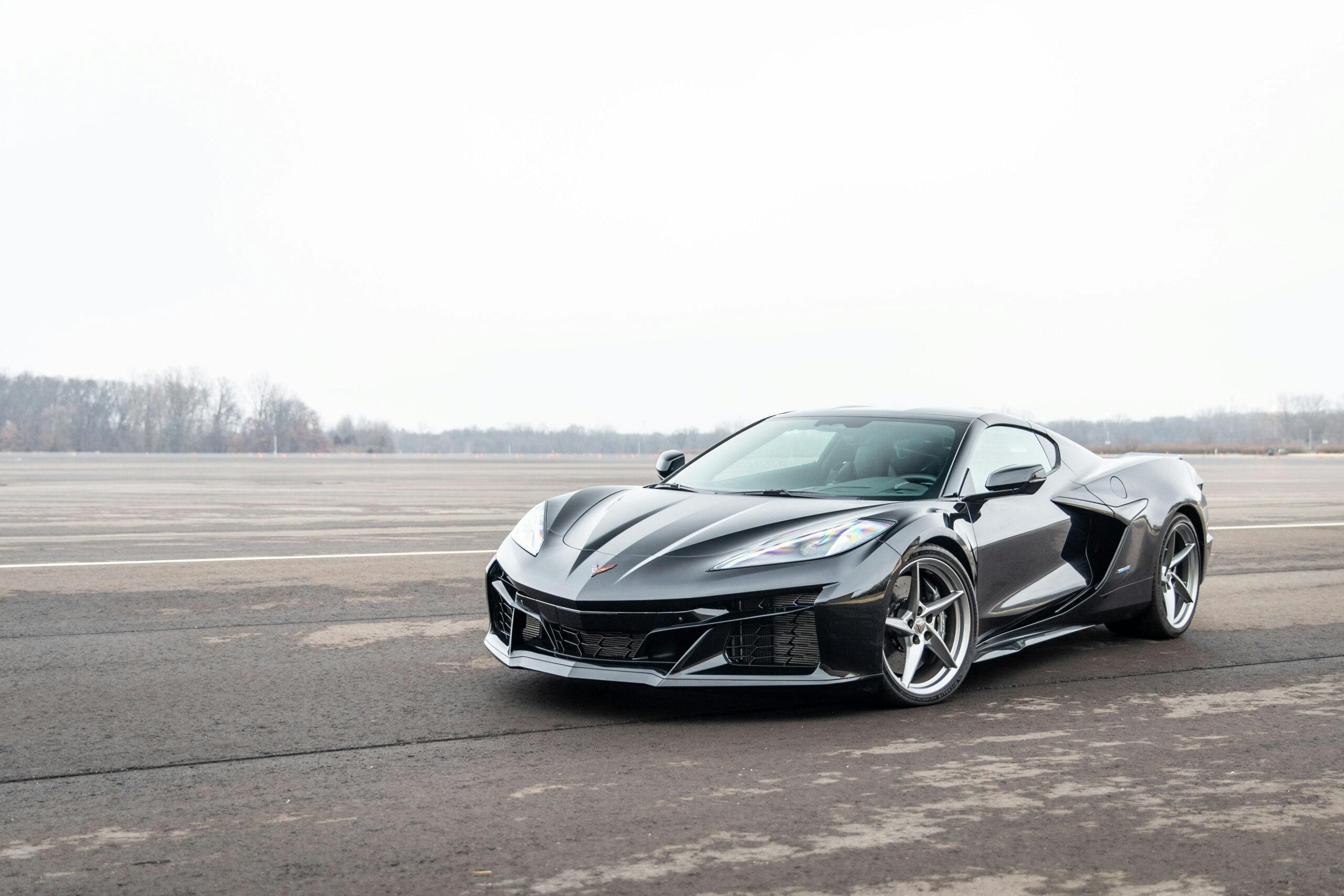
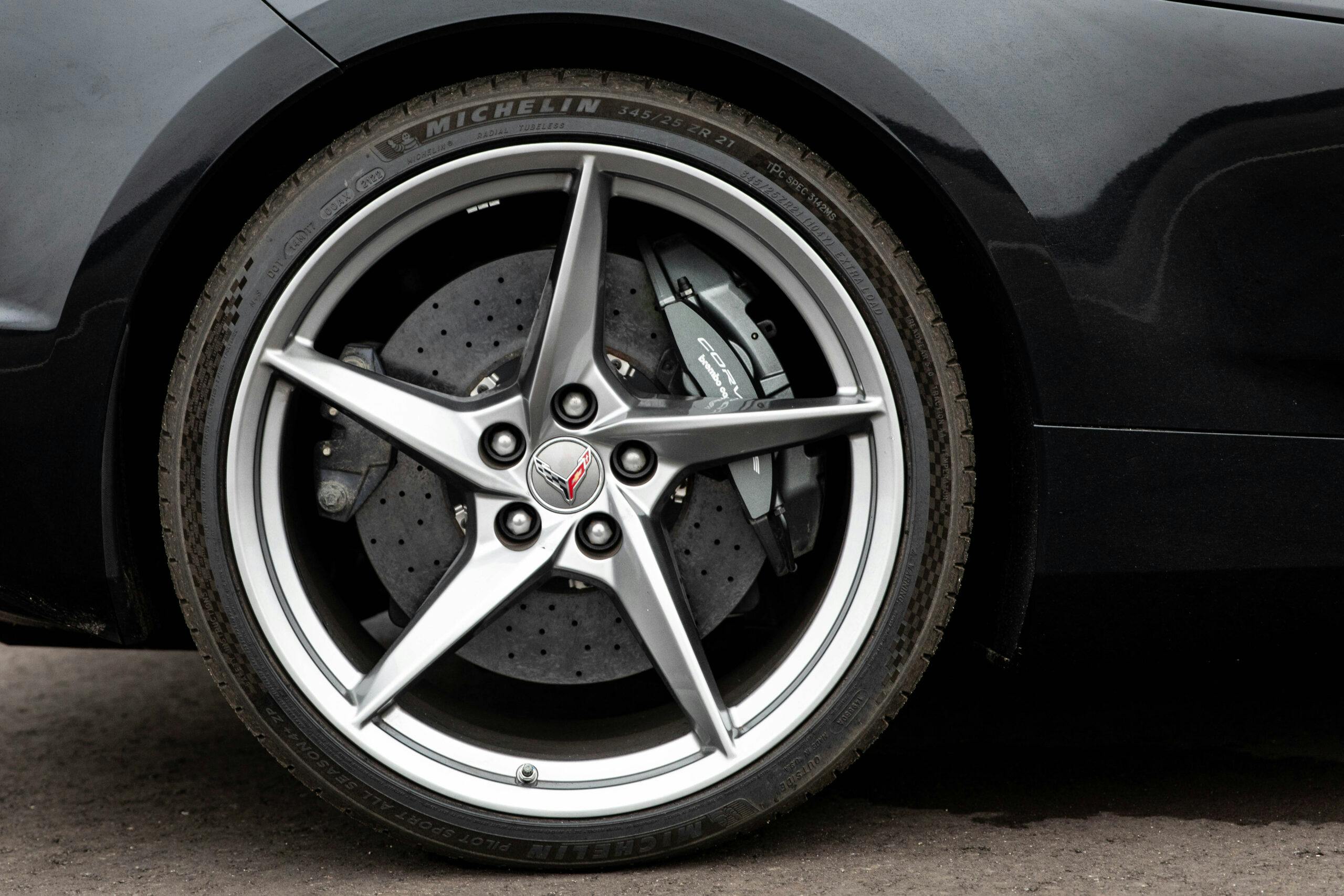
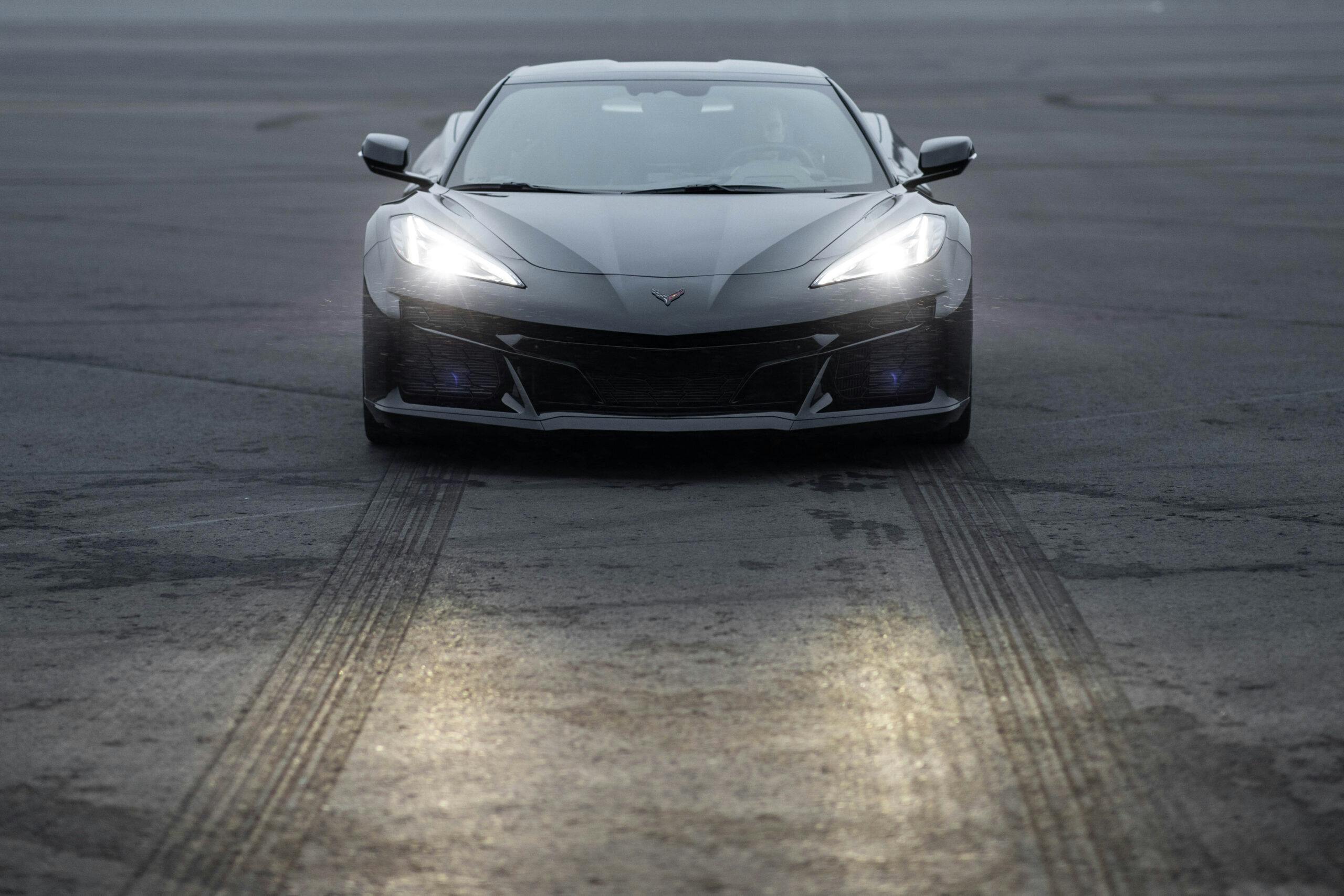
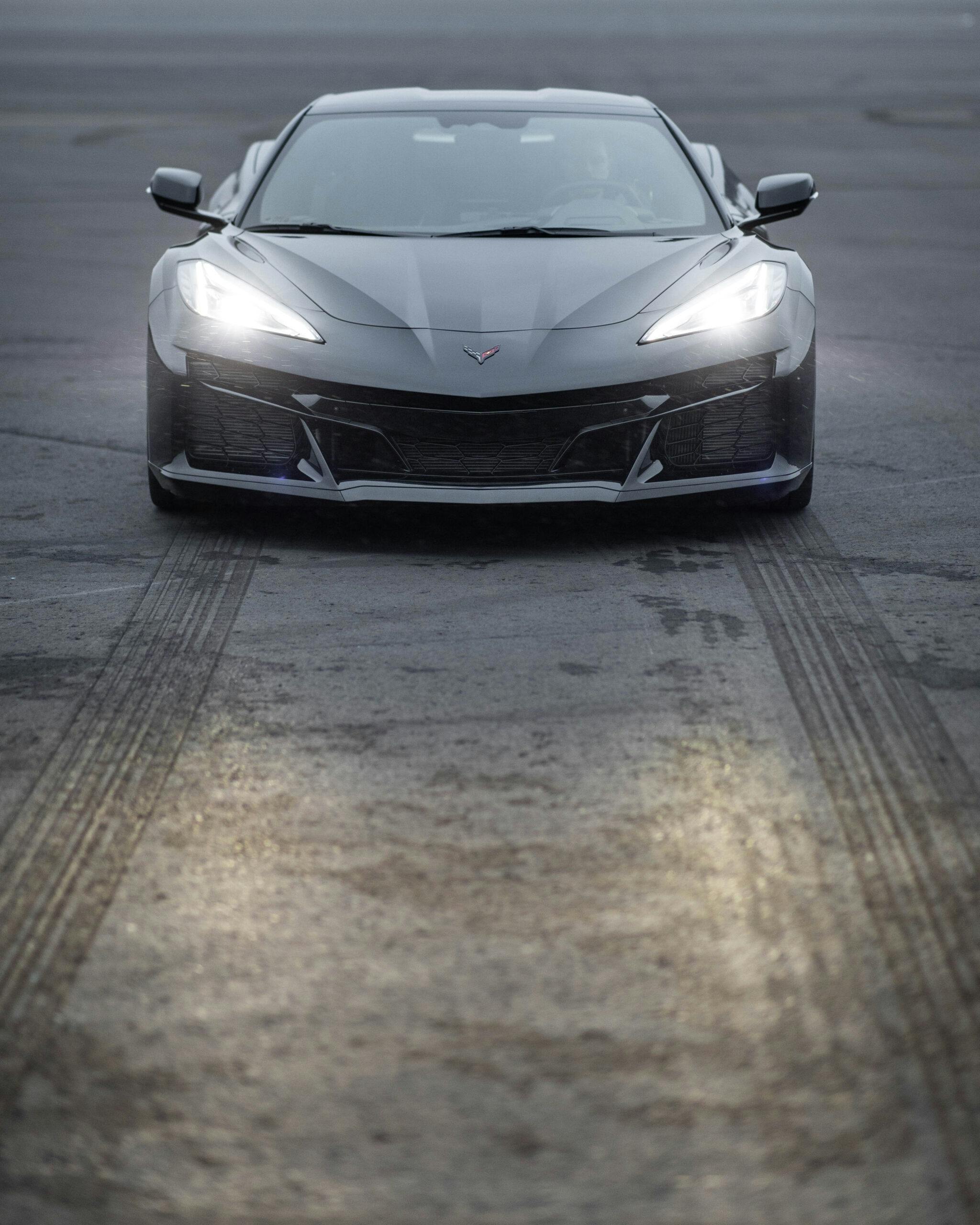
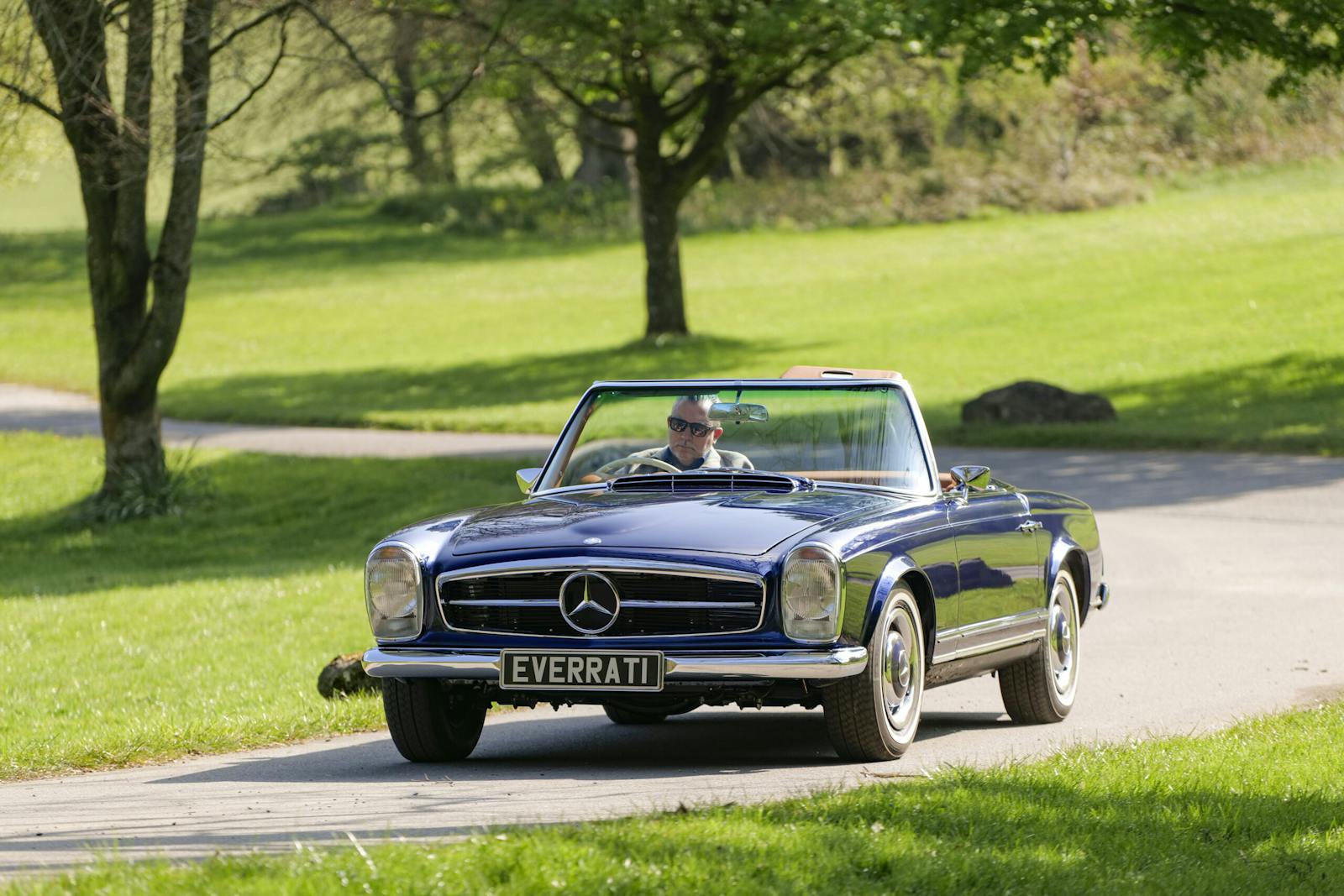

The price topping $100k is to be expected when you consider this is America’s Ferrari supercar in terms of performance and technology. It’s clear that GM realized the Stingray was priced too low when launched four years ago. The 2020 edition I bought is worth more today than the $65k I paid for it.
Supply and demand
I’m guessing you didn’t see the one that the driver sent off a 250′ cliff intentionally and not only didn’t burn, but everyone survived
This was supposed to be a reply about tesla bursting in to flames but ended up here for some reason
Heresy
Not exactly being up front about the weight. It says “weight 3,774”, problem is, that’s dry weight and NOT curb weight. Sitting in the driveway with all fluids it will be over 4,000 pounds.
You’re right, stand by, I’m chasing this figure.
Curb weight according to GM is 3984 pounds, story updated.
Why oh why must all these new cars have these large and very ugly LCD screens in the centre? Like the 2024 Mustang, Chevy has in some mental design lapse, stuck an oversized and very unnecessary LCD screen in the centre of what would otherwise be a nice interior. It looks very much like an afterthought and certainly there is nothing shown on the display that could not have been shown on a smaller and more integrated display. Manufactures seem to think that these oversized displays are wanted. I am sure they are NOT wanted by the majority of the drivers. Simply a large distraction that is really not needed at all.
Nice, but I still just want a ’56.
Nothing like AWD and instant EV torque to pull the car out of the apex. Too bad GM cheesed out by not putting 2 smaller motors up front and take advantage of some torque vectoring; oh wait, GM did not want this hybrid to trounce the Z on the track.
I asked them this same question about the motors — their answer was that the single motor allowed them to minimize cost, weight, complexity, and differentiation from the ICE Corvettes. The single motor in the center of the axle meant very few changes necessary for the suspension geometry.
As to the track capability, I poked around that as well, and you are right that they don’t see it as a track weapon in the same way as a Z06. My guess is that there are some customers who want a $100+ Corvette that can go 0-60 in 2.5 seconds but don’t want the stiffness, harshness, noise, and aero-heavy looks of the Z06.
Sticking with my C2. It is a Corvette.
The fastest Corvette ever to come from the factory. Let that sink in and then go back and look at how people are talking trash about it. This is the apex of factory Corvettes and people are still saying it isn’t good enough. Some people will never be satisfied if it doesn’t fit what expect it to be.
No thanks , 1st no manual then no cylinder’s…Keep it I’ll drive the Camaro ZL1 1LE
The vehicle still features a 6.2L V-8 pushing out 495HP. The electric motor is in ADDDITION to the V-8.
Just after Corvette assumes the Corvair heritage with the rear engine, now they are following the original and first production hybrid, the two seat, all aluminum, Honda Insight hybrid. I guess Tesla is next with all electric. Yup, Corvette desperately needs an original idea.
$104,295 plus greedy dealer markup of $20K……..
Funny to hear folks bashing the battery electric technology in the Vette and claiming more issues potentially. If any of you watch F1 racing you would know that this is the future of high performance and RELIABILITY. Takes stress off of the gasoline motor.
New Flash….Funny to hear folks bashing the battery electric technology in the Vette and claiming more issues potentially. If any of you watch F1 racing you would know that this is the future of high performance and RELIABILITY. Takes stress off of the gasoline motor.
A very impressive effort, but what of the latest version of the NSX?
Same concept, hot as hell, comparably priced, but no interest bythe consumers. Somewhere there is a big warehouse full of unsold NSX’s.